Cost Analysis: Container Offices vs. Traditional Office Spaces

The business world is changing fast, and so are office spaces. Companies are looking for ways to save money and adapt to new work styles. They must choose between traditional offices and container offices. This detailed analysis will help businesses decide based on their budget and goals.
Container offices offer a new way to manage workspaces. They are affordable and flexible, making them popular among businesses. On the other hand, traditional offices are familiar but often cost more to start and run.
Key Takeaways
- Understand the cost differences between container offices and traditional office spaces in India.
- Explore the initial setup and construction expenses for both office solutions.
- Analyze the monthly operating costs, including utilities and maintenance, for each option.
- Evaluate the long-term financial implications, such as asset depreciation and investment returns.
- Discover the environmental impact and sustainability advantages of container offices.
- Gain insights into the financing options available for container office projects.
- Conclude with a comprehensive assessment to make the optimal office space choice.
Understanding Modern Office Space Solutions
Flexible workspace featuring modern container offices, open layout with adaptable furniture, large windows for natural light, vibrant greenery, and collaborative areas, emphasizing innovation and mobility, brand name “Saman Portable”.
The world of work is changing fast. Traditional offices are being replaced by new, flexible designs. Businesses now focus on cost, space use, and adaptable designs. This change is driven by the need to work better and more efficiently.
Evolution of Workplace Infrastructure
In the last ten years, offices have changed a lot. Now, we see things like container offices. They are cheap, flexible, and good for the planet. These designs meet the needs of today’s businesses, offering more flexibility and better use of space.
Current Market Trends in Office Space
More people want flexible workspaces. This is because of remote work and the need for affordable, growing offices. Companies look for spaces that fit their changing needs, like team size and projects.
Impact of Remote Work on Office Choices
The COVID-19 pandemic made remote work more common. This has changed how companies think about offices. They now look for ways to save money and use space better. Container offices are becoming popular for these reasons.
This change affects office design a lot. Companies want spaces that help people work well together. They also want places that are affordable and can change as needed.
| Metric | Traditional Office | Container Office |
|---|---|---|
| Average Workspace Cost | ₹50,000 – ₹1,00,000 per employee | ₹30,000 – ₹60,000 per employee |
| Space Utilization | 70% – 80% | 85% – 95% |
| Flexibility | Limited | High |
| Scalability | Moderate | Excellent |
The office world is changing in India, bringing both challenges and chances. By keeping up with trends and using new ideas, companies can save money, use space better, and create flexible workspaces. These spaces meet the needs of today’s workers.
“The future of the office is not a single, permanent location, but a network of spaces that enables people to work productively and collaboratively, while also providing the flexibility to adapt to changing needs.”
Container Office Costs, Traditional Office Costs, Cost Comparison, Office Space
“Side-by-side comparison of a modern container office and a traditional office building, showcasing the distinct architectural features of each, with an emphasis on cost-effectiveness and functionality, surrounded by green spaces, urban landscape, and people working, Saman Portable”
When looking at office spaces, the cost difference between container offices and traditional ones is key for businesses in India. Knowing the details of each can help companies choose wisely, fitting their budget and future plans.
Exploring Container Office Pricing
Container offices are a new, modern take on office spaces and are becoming more popular. They are cheaper than traditional offices, saving businesses a lot of money. The setup costs for a container office are 30-50% lower than for a traditional one. This makes them great for startups, small businesses, and those wanting to cut costs.
Comparing Initial Setup Costs
Even though container offices cost less to start, traditional offices might have higher upfront costs. But, container offices are flexible and can grow with your business. This makes them a better choice in the long run.
Operational and Maintenance Expenses
Looking at ongoing costs, container offices are also more affordable. They use less energy, need less upkeep, and make the most of space. This leads to 20-30% lower monthly costs than traditional offices.
Long-term Financial Benefits
Container offices offer more than just lower costs at the start and each month. Their design and ability to move make them flexible and adaptable. This flexibility can save a lot of money over time, making them a smart choice for growing companies.
Real-world Case Studies
Many examples show how container offices can save money. For example, a small IT firm in Bangalore cut its costs by 40% by switching to a container office. This let them focus more on their business.
Financing Options and Considerations
In India, businesses can find many ways to finance container offices, like leasing, loans, and government incentives. These options can help make container offices more affordable for all kinds of companies.
In conclusion, choosing between container offices and traditional ones in India needs careful thought. It’s important to consider the costs at the start, ongoing expenses, and long-term savings. By understanding these differences, businesses can make choices that fit their budget, growth plans, and values.
Initial Investment and Setup Requirements
When looking at office space costs, the initial investment is key. Both container offices and traditional spaces have their own costs. Knowing these can help you choose wisely, fitting your budget and needs.
Construction and Installation Expenses
Container offices are often cheaper to build and set up than traditional spaces. Their modular design saves money. Traditional spaces, however, need more work, raising costs.
Interior Fitting and Furnishing Costs
Container offices are also good for saving on furniture and decor. Their design uses space well, cutting down on furniture needs. Traditional spaces might need more expensive, custom pieces.
Technology Infrastructure Setup
A strong tech setup is essential for any office. Container offices can easily add tech, saving money. Traditional spaces might need more complex setups, adding to costs.
By looking at these costs, businesses can choose wisely. Container offices are often cheaper, helping save on rent and space.
Monthly Operating Expenses and Utilities
Office space costs are key to a business’s financial health. Container offices and traditional spaces have different costs. Let’s look at what affects these costs and how container offices can save money.
Understanding Container Office Pricing
Container offices usually cost less each month than traditional spaces. They also have lower setup costs. This means big savings for startups and small businesses.
Utility and Maintenance Costs
Container offices are energy-efficient, which lowers utility bills. They also need less upkeep. This cuts down on ongoing costs.
| Cost Factor | Container Office | Traditional Office |
|---|---|---|
| Monthly Rent | ₹20,000 – ₹30,000 | ₹50,000 – ₹80,000 |
| Utility Costs | ₹5,000 – ₹10,000 | ₹12,000 – ₹20,000 |
| Maintenance | ₹2,000 – ₹5,000 | ₹8,000 – ₹15,000 |
| Total Monthly Expenses | ₹27,000 – ₹45,000 | ₹70,000 – ₹115,000 |
The table shows the monthly costs for container and traditional offices. It shows how container offices can save money.
Long-Term Financial Benefits
Container offices can save a lot of money over time. This means more money for growing the business. It helps companies focus on what they do best.
Knowing the costs helps businesses choose the right office space. It’s about finding a space that fits their budget and needs.
Space Utilization and Efficiency Analysis
A modern flexible workspace featuring Saman Portable container offices, integrated into a vibrant outdoor setting with greenery and natural light, showcasing open layouts, modular furniture, and collaborative zones, emphasizing efficiency and comfort in design.
Maximizing space in offices is key for businesses wanting to cut costs. Container offices, with their modular designs, offer a big advantage. They provide flexible workspace solutions that fit an organization’s specific needs.
Square Footage Optimization
Container offices are built to use space wisely. They have compact, efficient floor plans that cut down on wasted space. By arranging workstations and meeting areas smartly, they make the most of the space. This means businesses can fit more employees or functions in a smaller area than traditional offices.
Workspace Design Flexibility
Container offices are flexible, allowing businesses to change their workspace as needed. With modular parts and layouts that can be rearranged, they can adapt to changes in team size or department structure. This flexibility helps keep the work environment productive and efficient, even as the business grows.
Scalability Options
Container offices offer scalable solutions that can grow or shrink as needed. Adding or removing modules lets companies adjust their space quickly and affordably. This flexibility helps maintain optimal space use, even with changes in workforce or operations.
| Metric | Container Office | Traditional Office |
|---|---|---|
| Average Square Footage per Employee | 120 sq. ft. | 150 sq. ft. |
| Workspace Reconfiguration Time | 1-2 days | 2-4 weeks |
| Scalability Options | Highly Flexible | Limited |
Container offices help businesses in India use their office space more efficiently. They offer flexible designs and scalable solutions. This leads to cost savings and better productivity.
Maintenance and Long-term Cost Implications
When looking at office space costs, it’s key to think about long-term upkeep and expenses. Container offices might seem cheaper at first, but their true cost depends on many factors. These go beyond just the initial setup.
Understanding Container Office Pricing
Container offices have a unique value. Their design and build often mean lower costs. Savings come from easier setup, less space needed, and flexibility in growing. Yet, a detailed look at costs is needed to grasp the long-term financial impact.
Initial Setup Costs: Container vs. Traditional
Container offices usually cost less to start with. But, traditional offices might need more money for design, furniture, and tech. This difference in start-up costs affects the overall cost of each option.
Operational and Maintenance Costs
Container offices and traditional offices have different upkeep costs over time. Container offices often have lower bills, need less maintenance, and save on space. These factors help them be more cost-efficient in the long run.
Long-Term Financial Benefits of Container Offices
Container offices are flexible and can grow with your business. This flexibility helps save money and stay competitive in the changing work world.
Case Studies: Cost Savings with Container Offices
Real examples show how companies save money with container offices. These stories highlight cost cuts, better efficiency, and more flexibility in workspaces.
Financing Options for Container Offices
Looking into financing for container offices is important. Options like leasing or special financing programs are available. Knowing these can help make smart financial choices and manage costs better.
Legal and Zoning Considerations
Before using container offices, knowing legal and zoning rules is crucial. Talking to authorities and understanding local laws ensures a smooth setup.
Environmental Impact and Cost Savings
Container offices are often better for the environment than traditional buildings. Their energy use and materials help save money and support green goals.
By examining maintenance, operational, and long-term costs, companies can make smart choices. Choosing container offices can lead to financial gains and sustainable growth.
Real Estate Value and Asset Depreciation
A detailed side-by-side comparison of container offices and traditional office spaces, showcasing modern design elements, vibrant urban settings, and lush greenery, with Saman Portable container offices highlighted in an innovative exterior, contrasting with classic brick-and-mortar structures; a clear view of functionality and space utilization in both environments.
Container offices and traditional office spaces in India have different values and depreciation rates. Knowing these differences helps businesses choose the best office space for their needs.
Property Appreciation Factors
Container offices, with their modular design, tend to increase in value over time. They can be moved, changed, or grown easily, making them good investments. On the other hand, traditional office buildings might not appreciate as quickly because they are fixed and harder to change.
Investment Return Potential
Container offices usually offer better returns on investment than traditional offices. They cost less to start and have lower running costs. This means more profit over time. Plus, they can grow with your business, making them even more valuable.
Tax Implications and Benefits
Container offices have tax benefits that traditional offices don’t. They can be depreciated faster, which means more tax deductions. Their flexibility also opens up tax benefits for moving or changing use.
Understanding the value, depreciation, and taxes of container offices and traditional spaces helps businesses make smart choices. These choices support their financial goals and strategies.
Environmental Impact and Sustainability Costs
Office space solutions must consider environmental impact and sustainability costs. We’ll look at container offices and traditional spaces. We’ll see how these choices affect our planet and our wallets.
Embracing Eco-Friendly Office Designs
Container offices are known for their small environmental footprint. Their modular design and efficient use of resources are key. This makes them a sustainable choice compared to traditional offices.
Minimizing Operational Costs
Container offices cut down on energy use and utility bills. Their designs, like solar panels and insulation, save money over time. This makes them a cost-efficient and sustainable option.
Embracing Modular Flexibility
Container offices are easy to expand, shrink, or move. This reduces the need for big construction projects. It saves money and is better for the environment.
Sustainability in the Long Run
Looking at long-term costs, container offices often have better ROI. They depreciate slower and can increase in value. This makes them a smart choice for businesses looking to save money and be green.
“Container offices present a unique opportunity to prioritize both environmental responsibility and cost-efficiency in our modern workspaces.”
Container offices offer a chance to change how we think about office space. They can lead to a greener and more affordable future.
Financing Options for Container Offices
Container offices are becoming more popular for their affordability. They offer financing options that fit different business sizes. We’ll look at how they compare to traditional offices in terms of cost.
Understanding Container Office Pricing
Container offices are cheaper to start than traditional offices. Prices range from $10,000 to $50,000, based on size and features. This is much less than what you’d spend on a traditional office.
Initial Setup Costs: Container vs. Traditional
The cost of a container office is lower upfront. But, there are still setup costs like delivery and interior work. Traditional offices need more money for lease improvements and tech.
Comparing costs helps businesses choose wisely. It’s about what fits their budget and needs.
Operational and Maintenance Costs
Container offices save money on daily costs. They use less energy and need less upkeep. This makes them cheaper to run than traditional offices.
Financing Options for Container Offices
- Loans and leases: Businesses can get loans or leases to pay over time.
- Grants and government incentives: Some areas offer grants for budget-friendly offices.
- Crowdfunding and alternative financing: There are special funds for container office projects.
Choosing the right financing depends on the business’s needs and goals. By comparing costs and options, businesses can find the best fit for their budget and growth.
The demand for affordable offices is growing. Knowing the financing options for container offices helps businesses use these cost-effective solutions to their advantage.
Conclusion
Choosing between container offices and traditional spaces is key for saving money and being efficient. This article has highlighted the costs of each option. It shows how different factors affect the total cost.
Knowing the upfront costs, monthly bills, and long-term expenses helps me decide. The data on costs helps me see which option is better for my business. It’s all about making a choice that fits my budget and needs.
Looking at real estate value, depreciation, and financing adds more to the decision. It also considers environmental impact and sustainability costs. My choice will depend on what matters most to me, like saving money, flexibility, and being green. By considering these, I can pick the best option for my business in India. Saman Portable is one stop solutions
FAQ
What are the key differences in costs between container offices and traditional office spaces?
Container offices and traditional offices differ in costs. Container offices have lower upfront costs but higher utility bills. Traditional offices have higher initial costs but lower ongoing expenses.
How do container offices compare to traditional offices in terms of space utilization and efficiency?
Container offices use space better than traditional offices. They are flexible, scalable, and efficient. This leads to cost savings over time.
What are the environmental and sustainability considerations when comparing container offices and traditional offices?
Container offices are more eco-friendly than traditional offices. They have a smaller environmental impact and use renewable materials. Their modular design also makes them more sustainable.
What financing options are available for businesses considering container offices?
Businesses have several financing options for container offices. These include leasing, rent-to-own, and specialized financing programs. They offer more affordable alternatives than buying or leasing traditional offices.
How do the real estate values and asset depreciation differ between container offices and traditional office spaces?
Container offices and traditional offices have different real estate values and depreciation rates. Container offices have lower initial costs but depreciate faster. Traditional offices appreciate in value but require a higher initial investment.
 Container Cafe
Container Cafe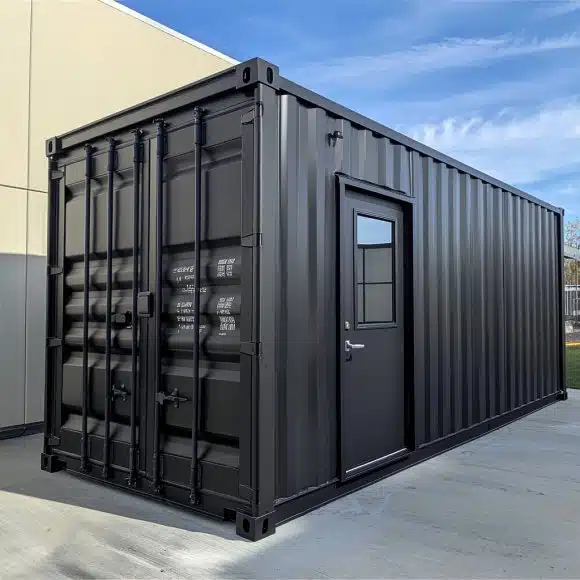
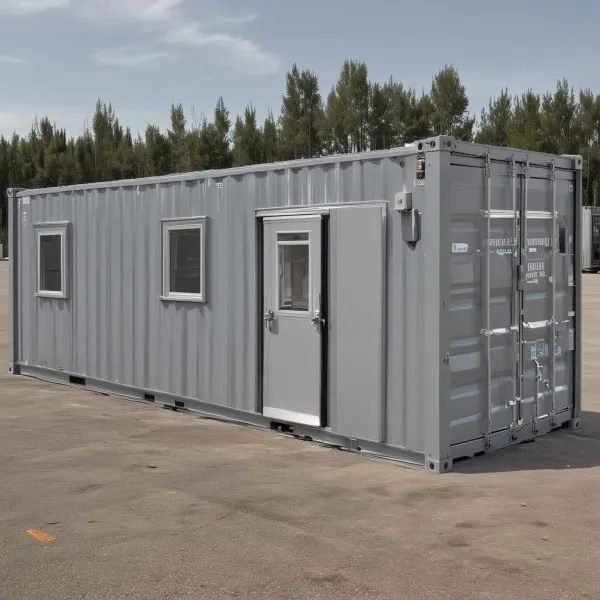
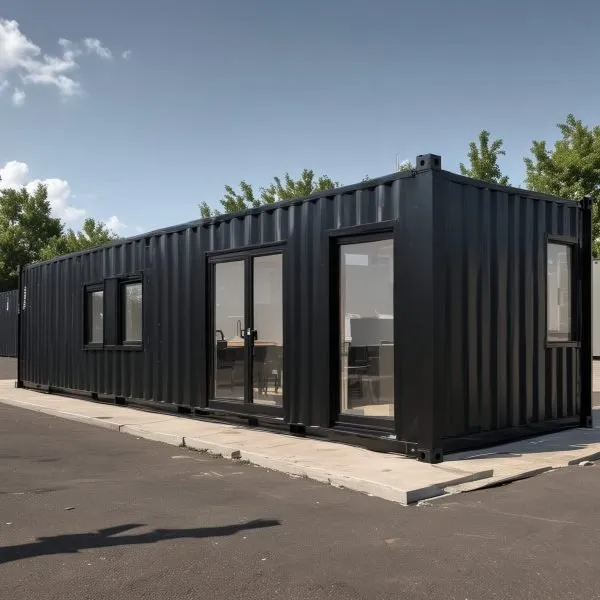
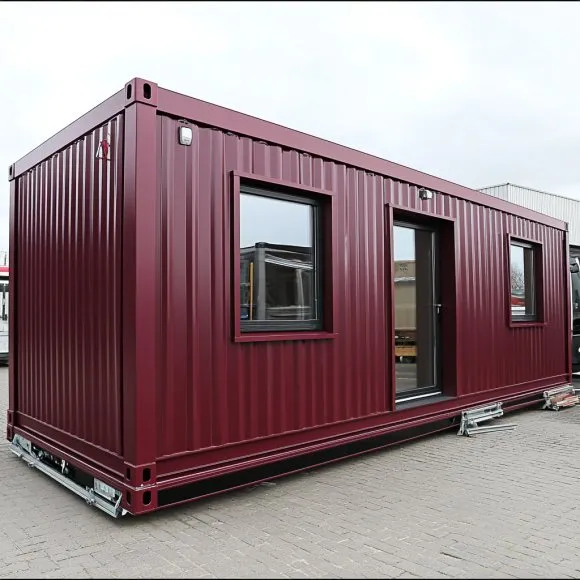

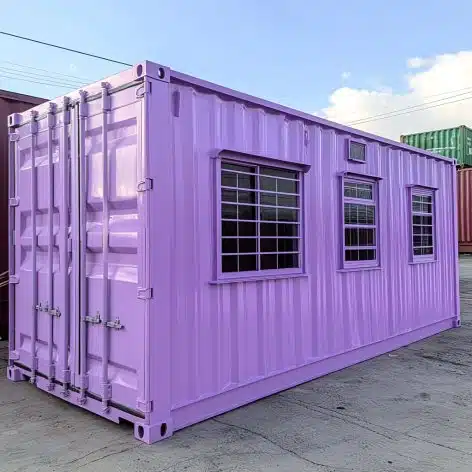
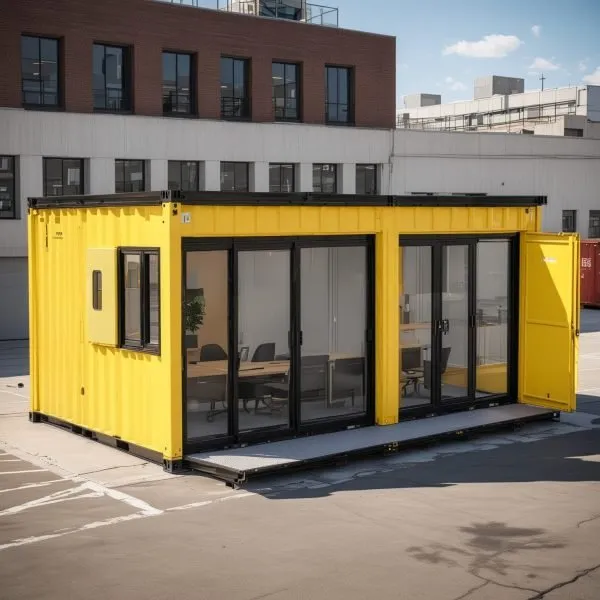
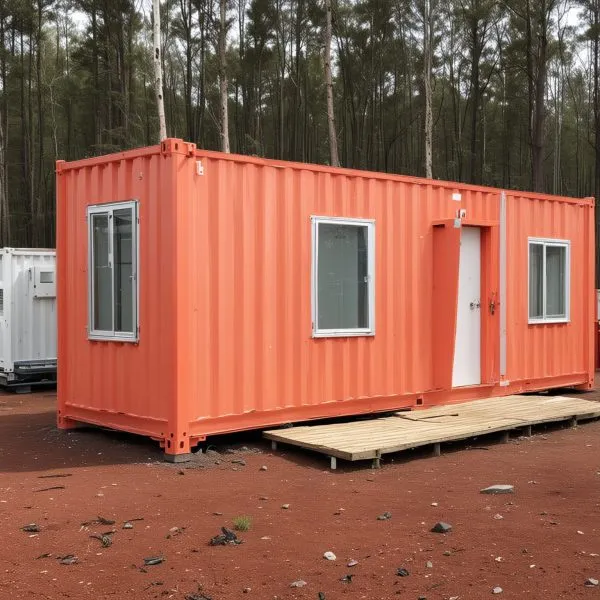

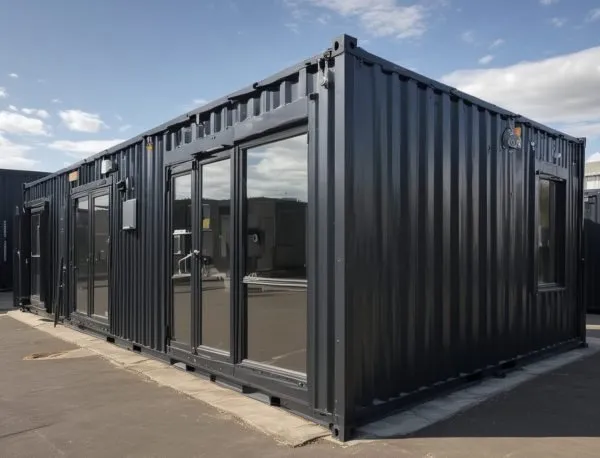
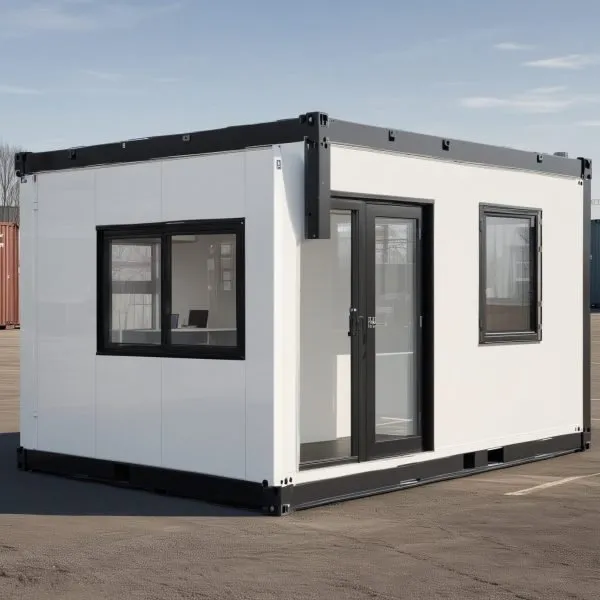
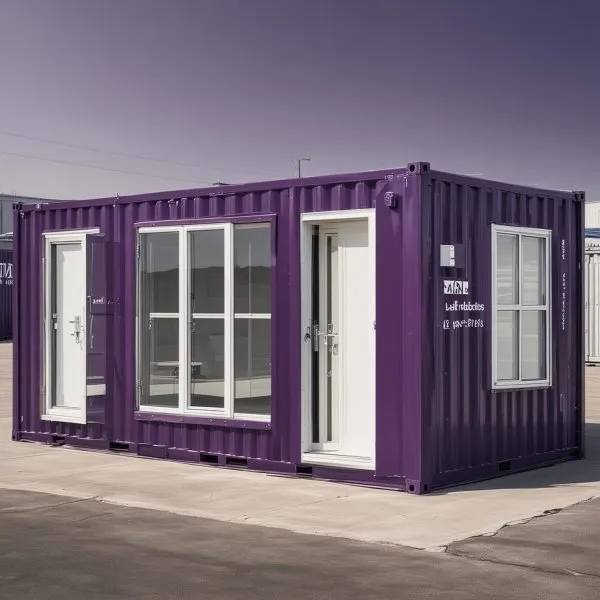
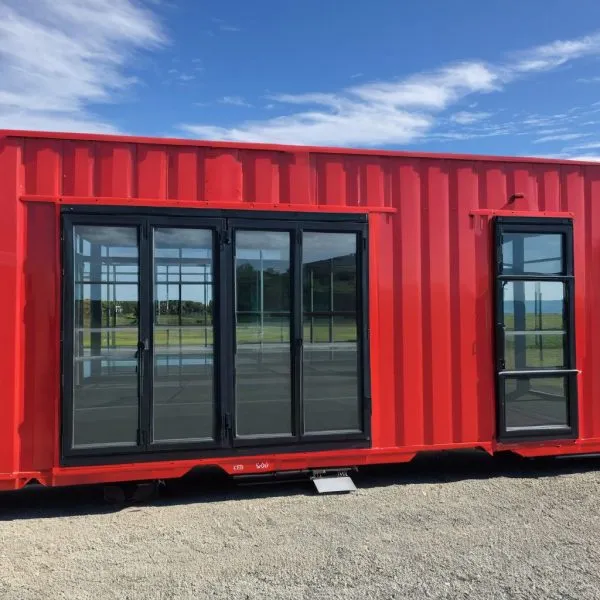
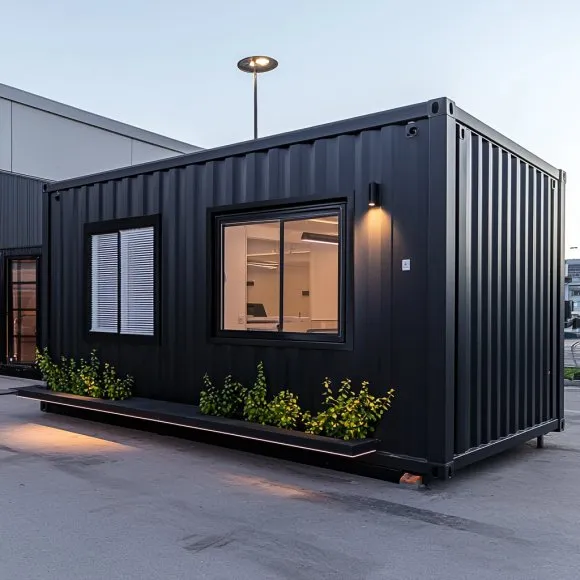
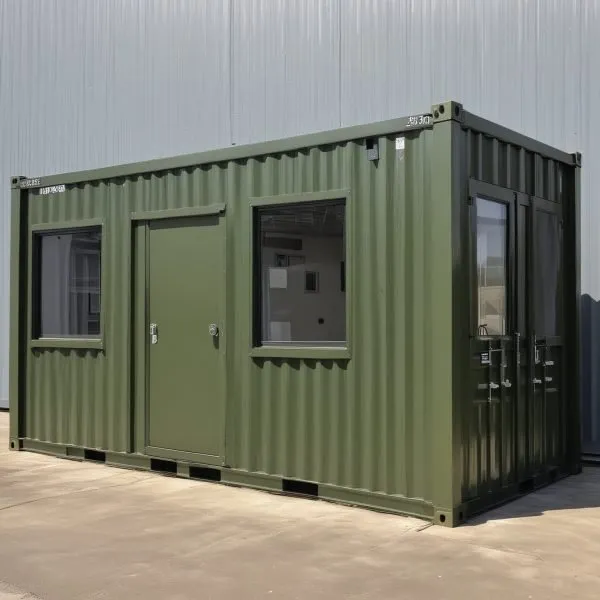
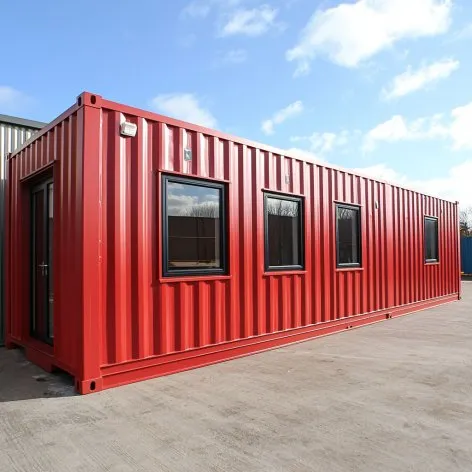
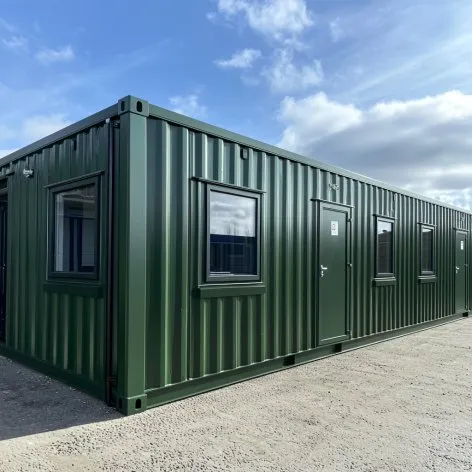
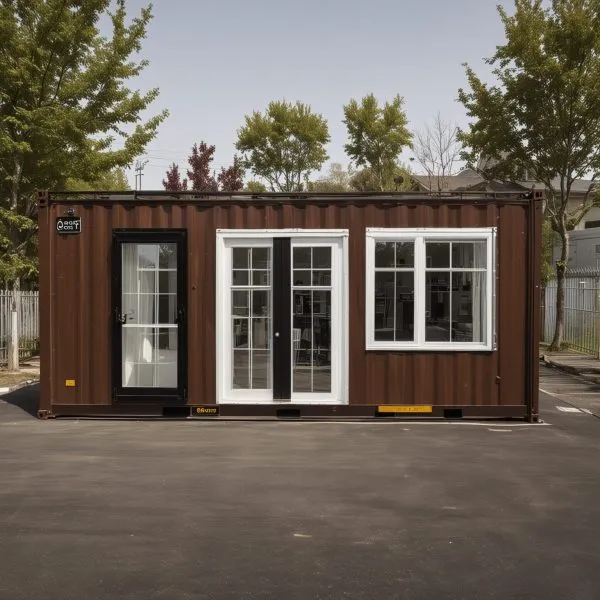
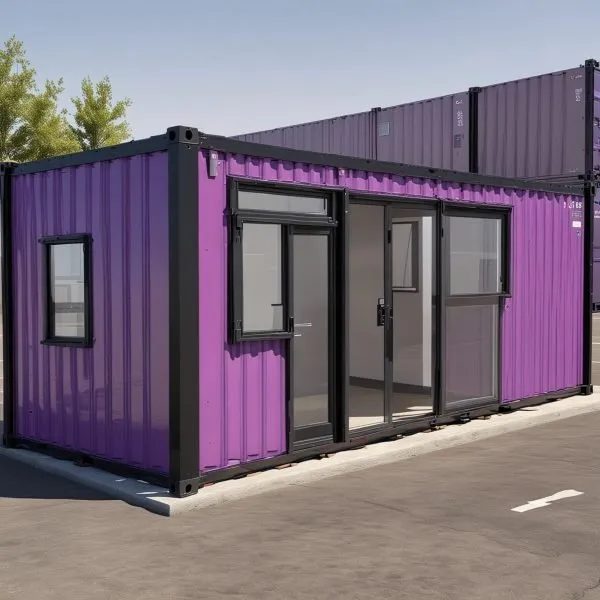
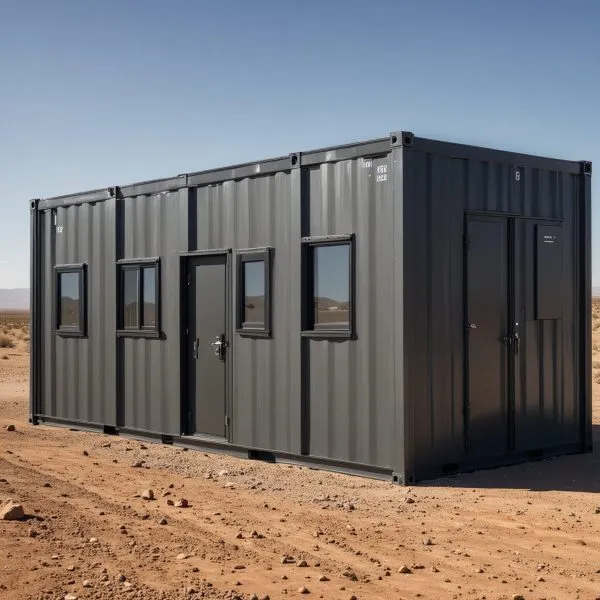
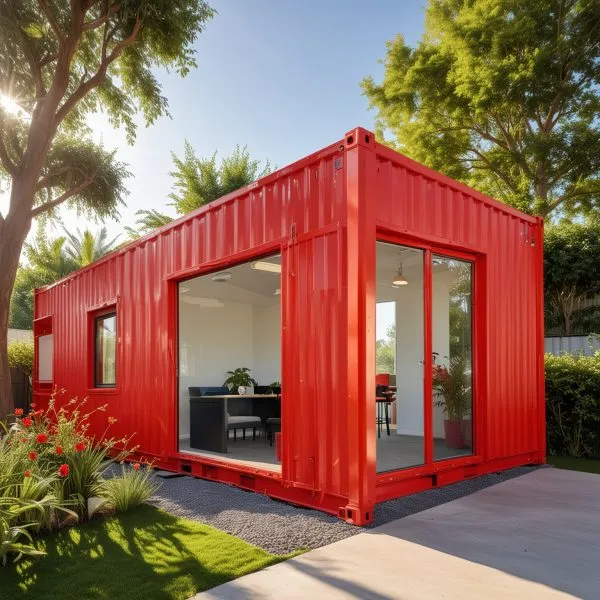
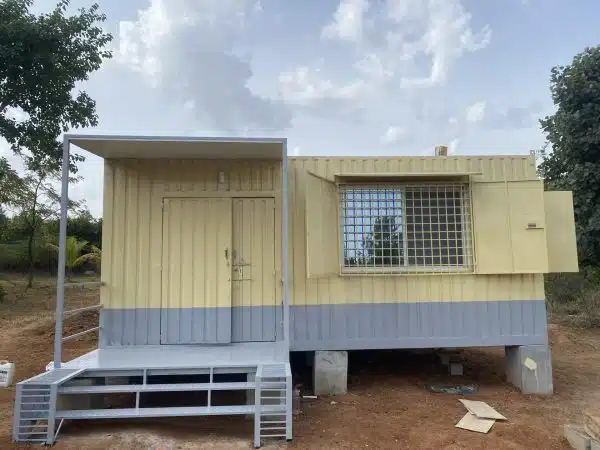
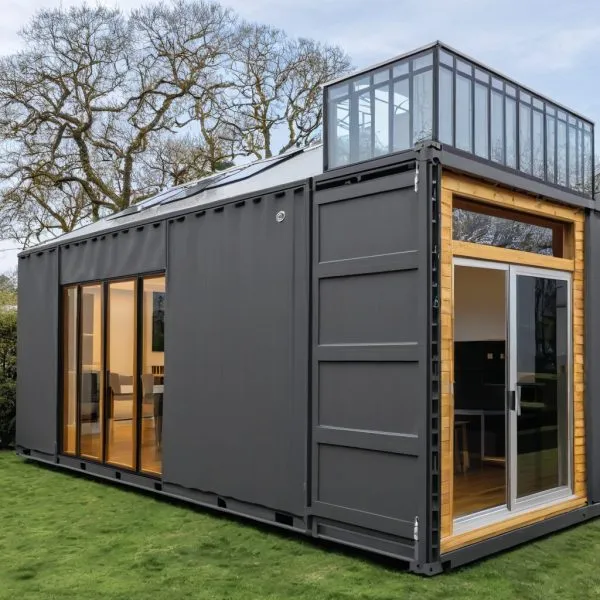
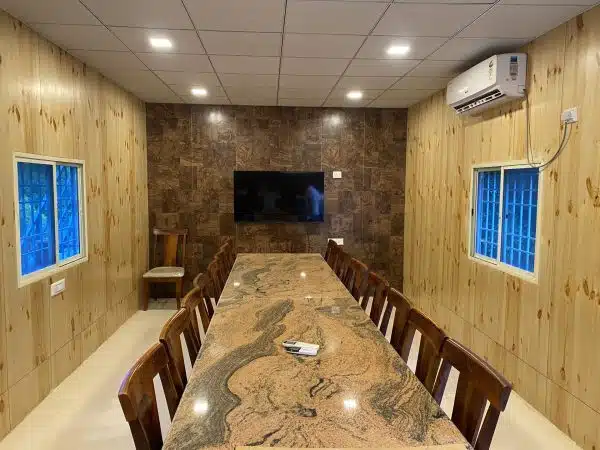
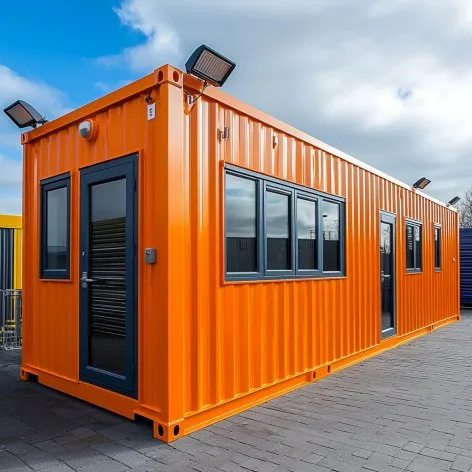
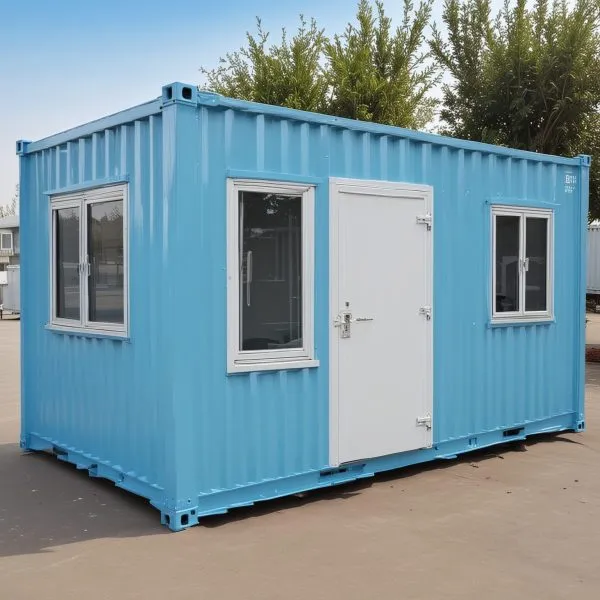
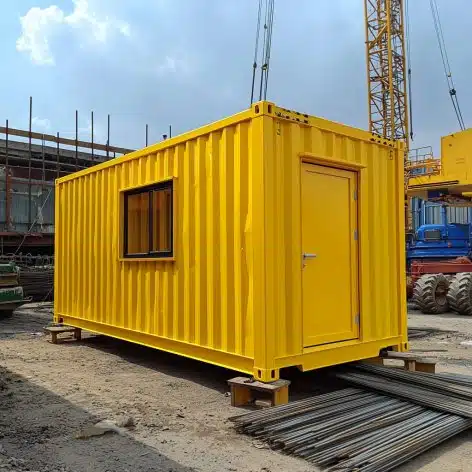
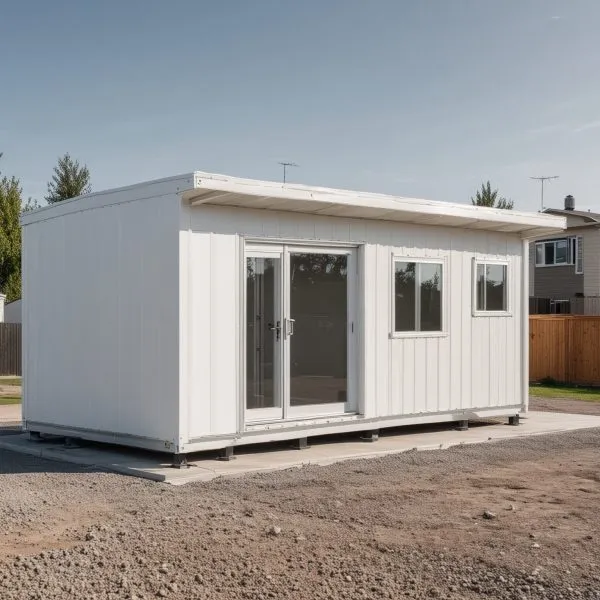
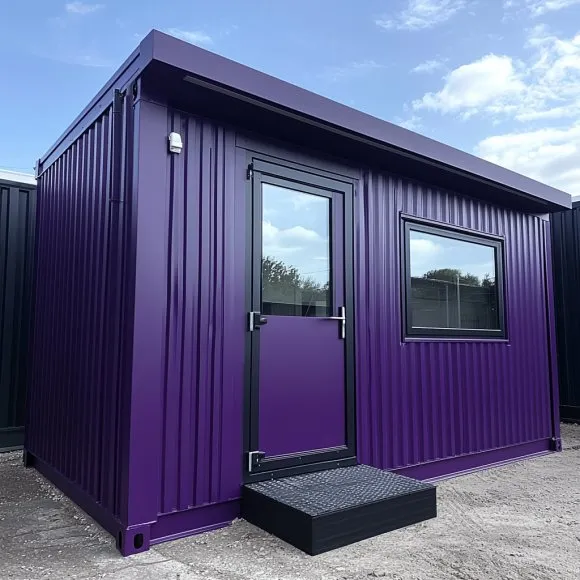
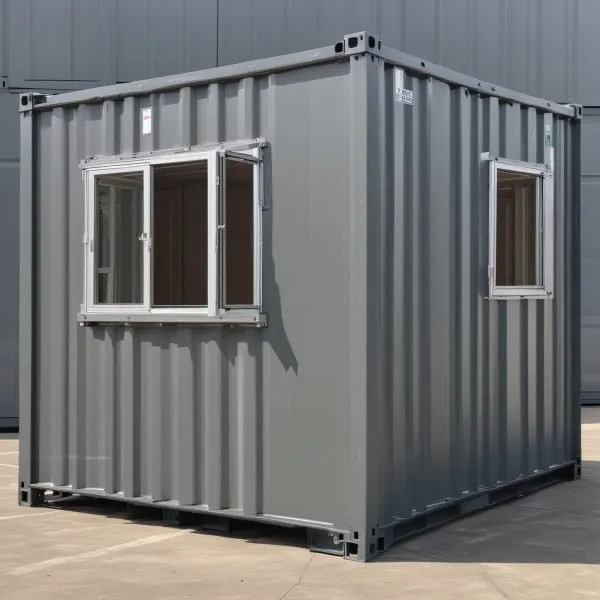
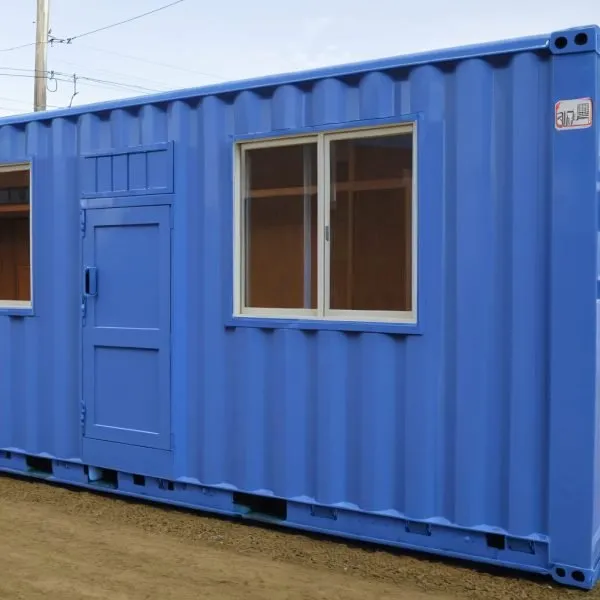
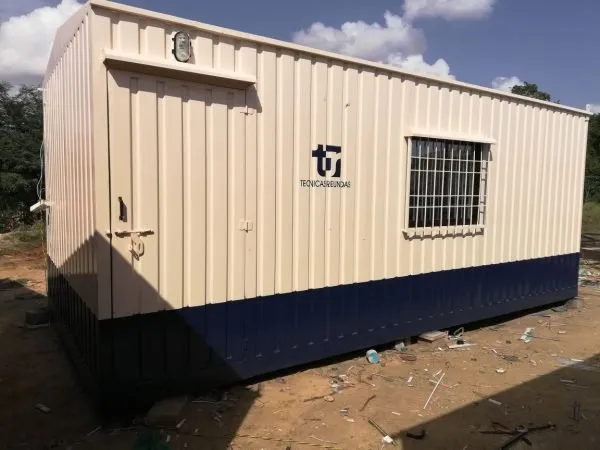

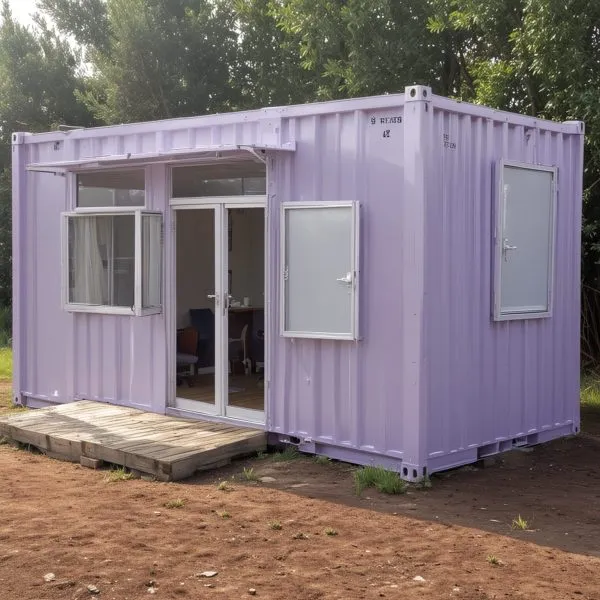
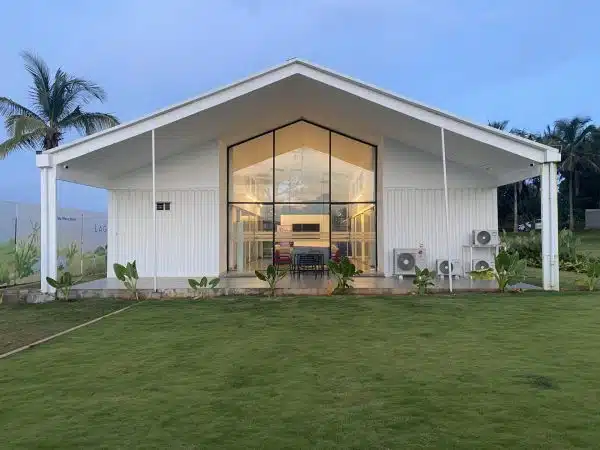
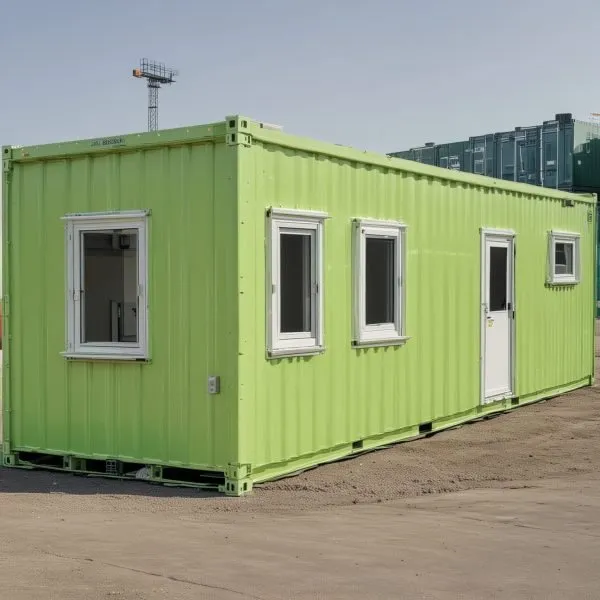
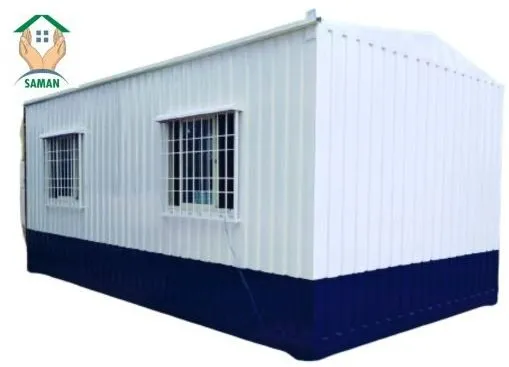
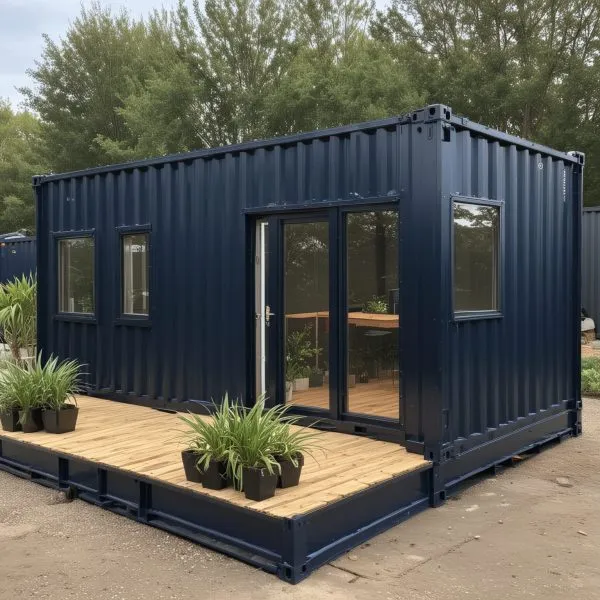
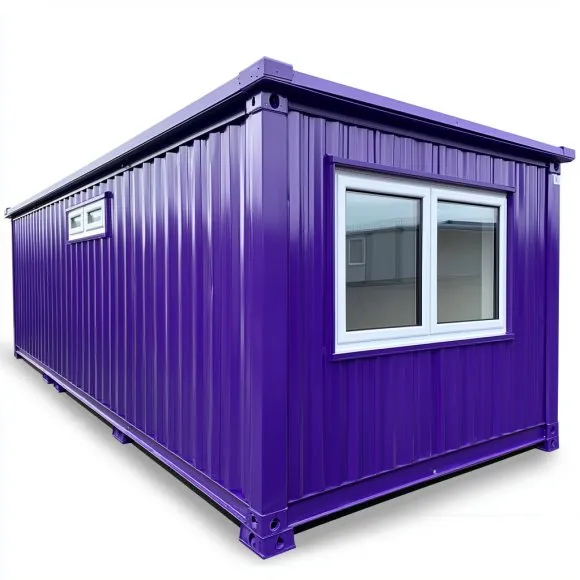
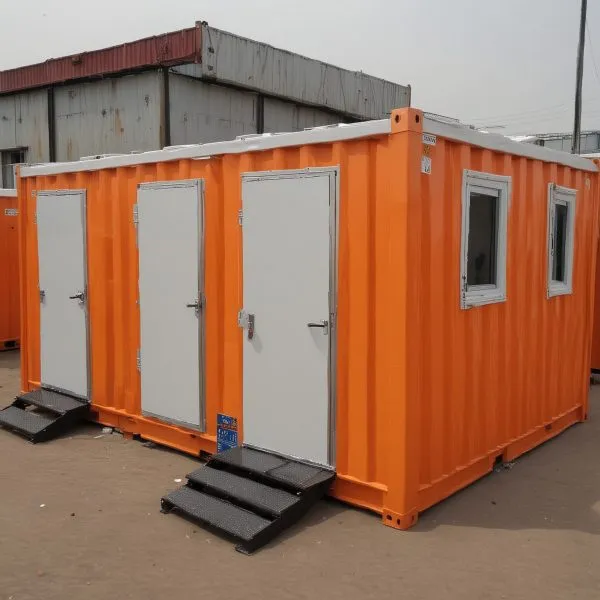

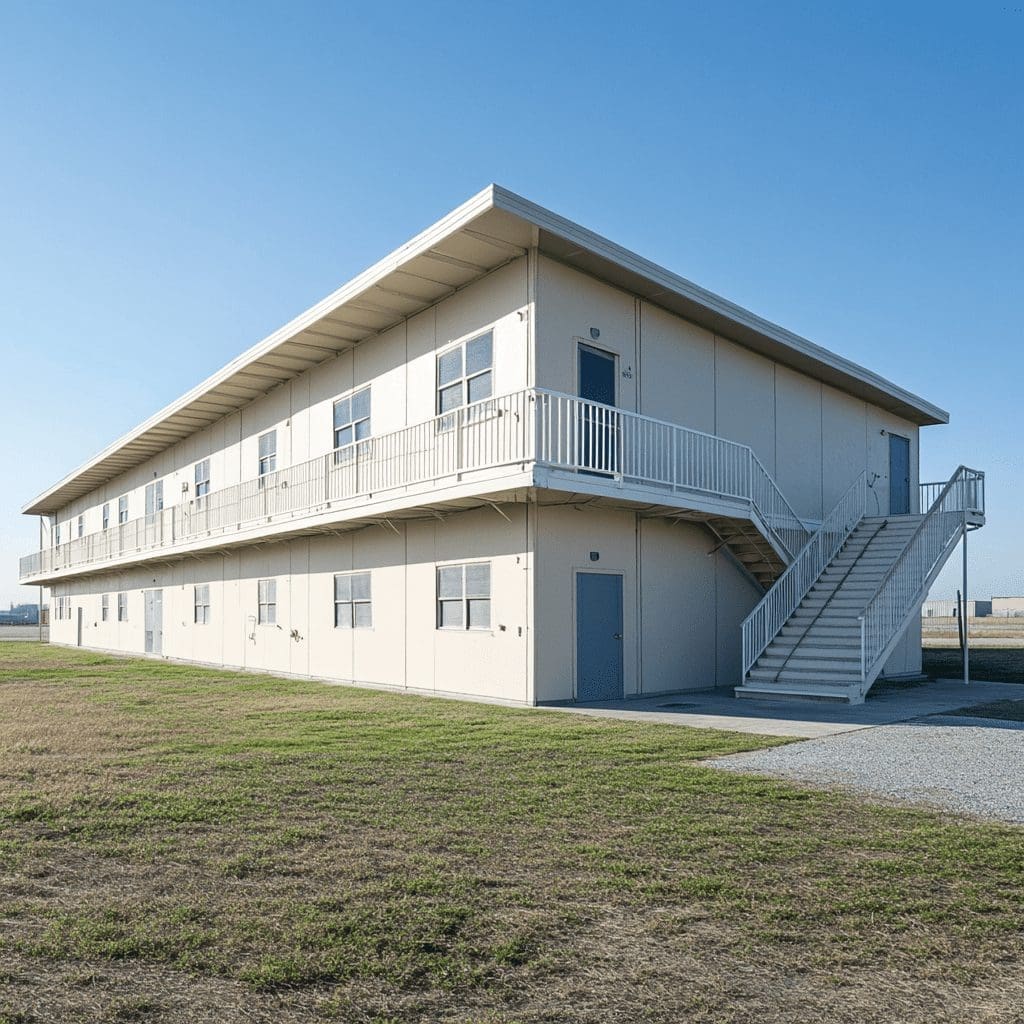
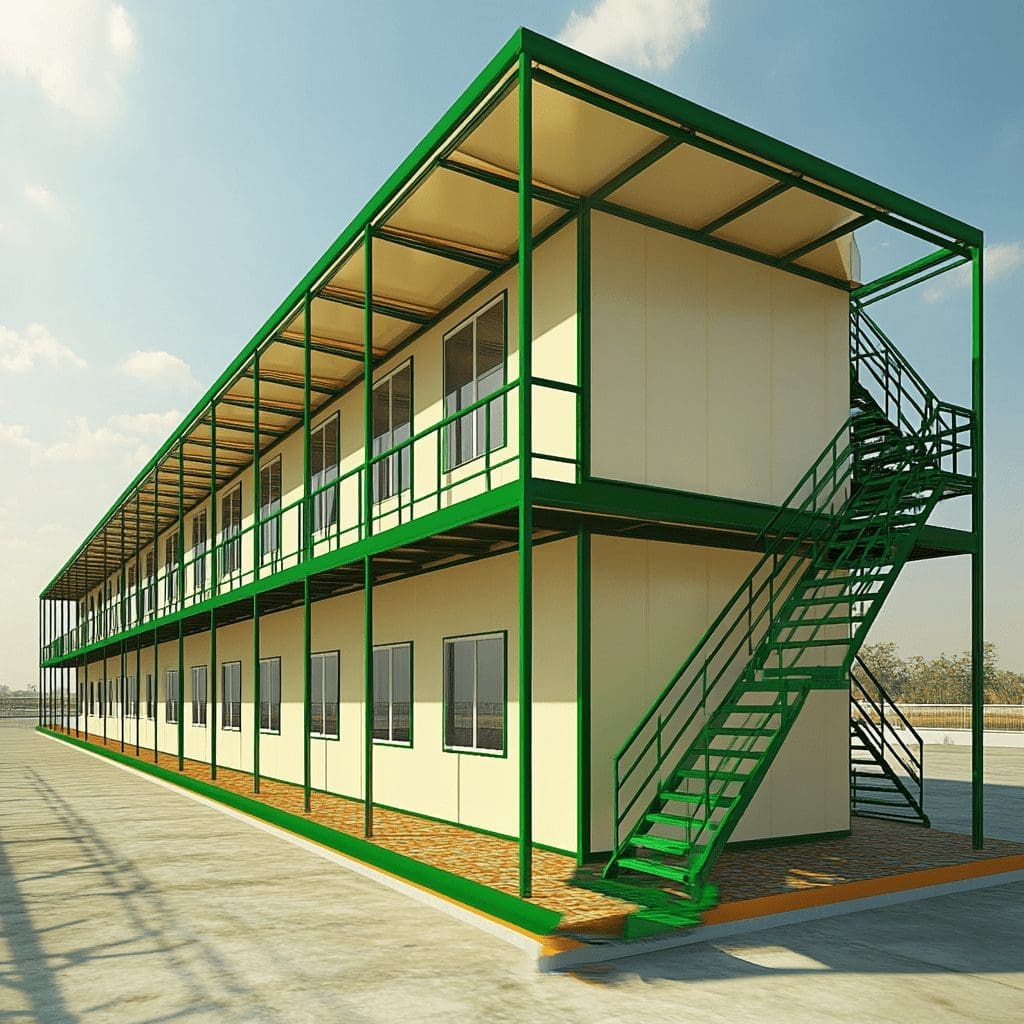

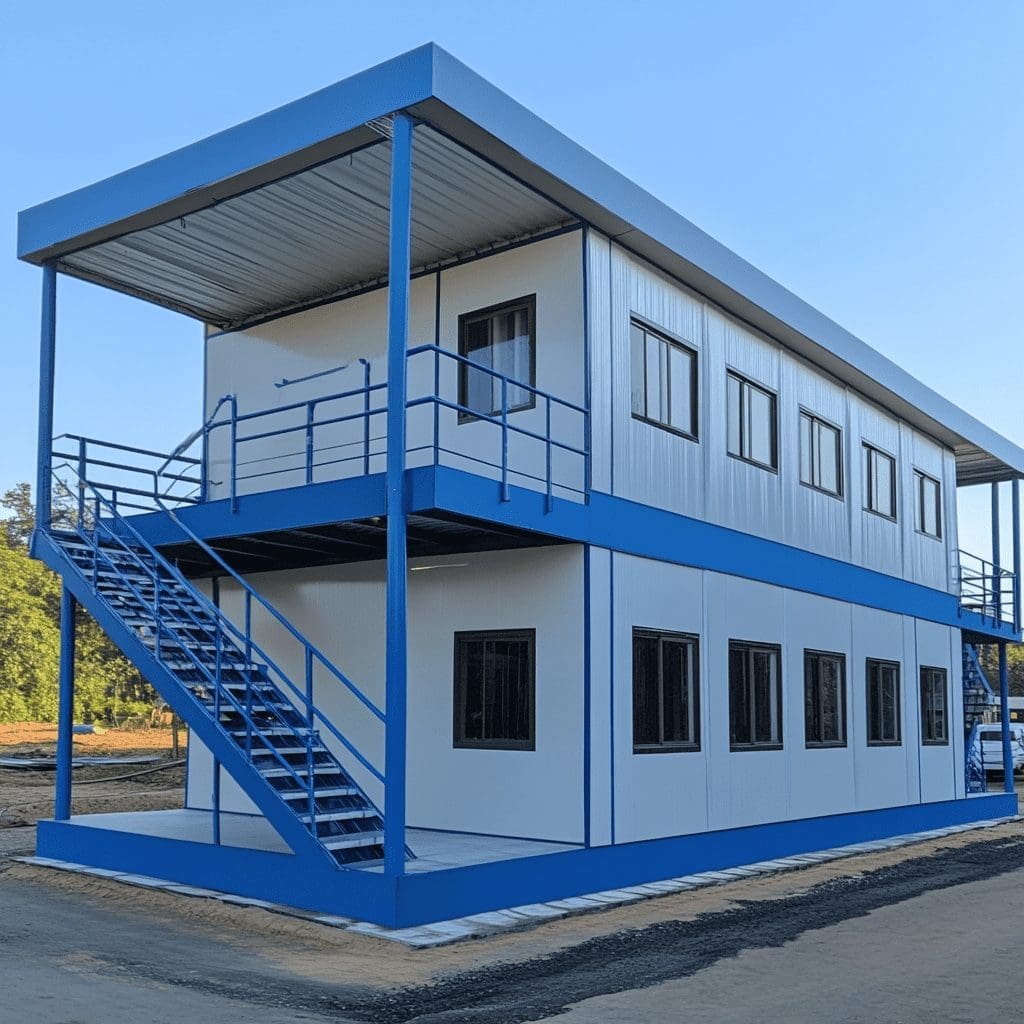
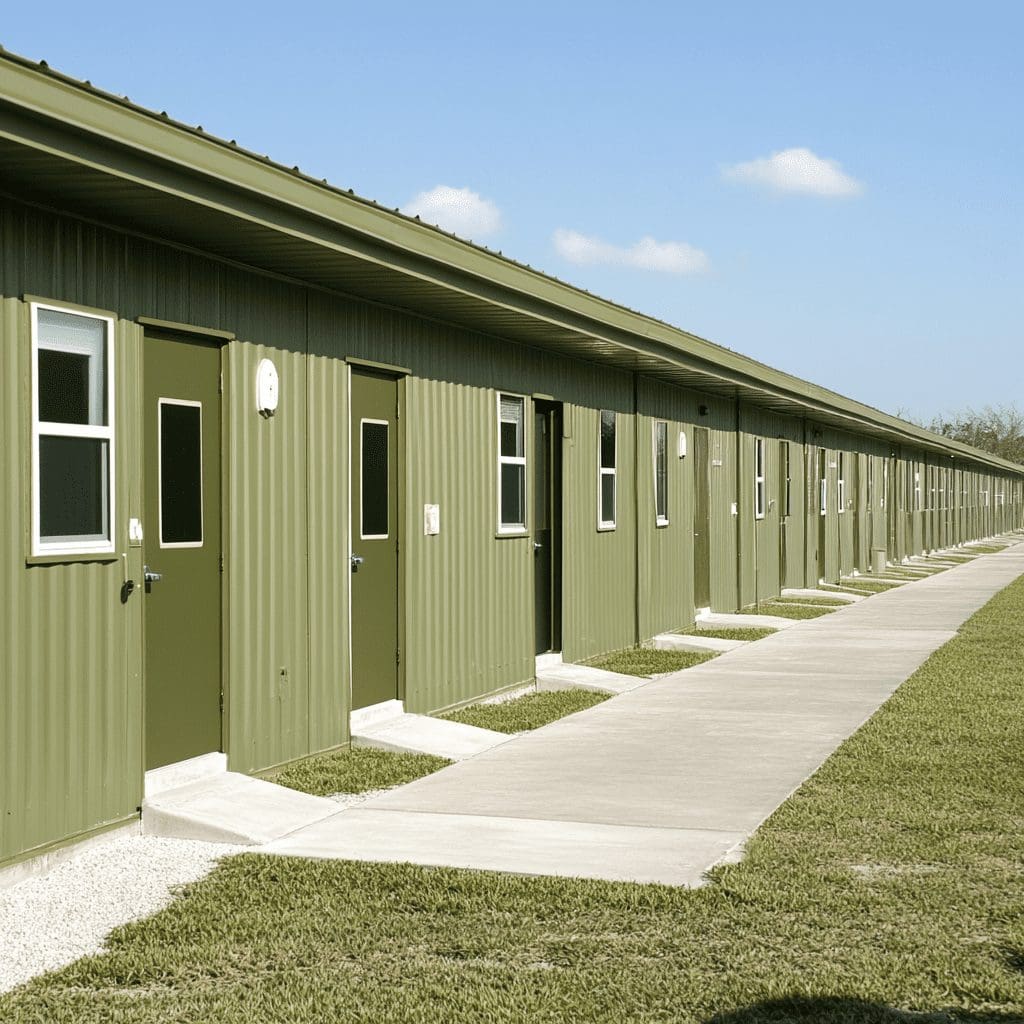
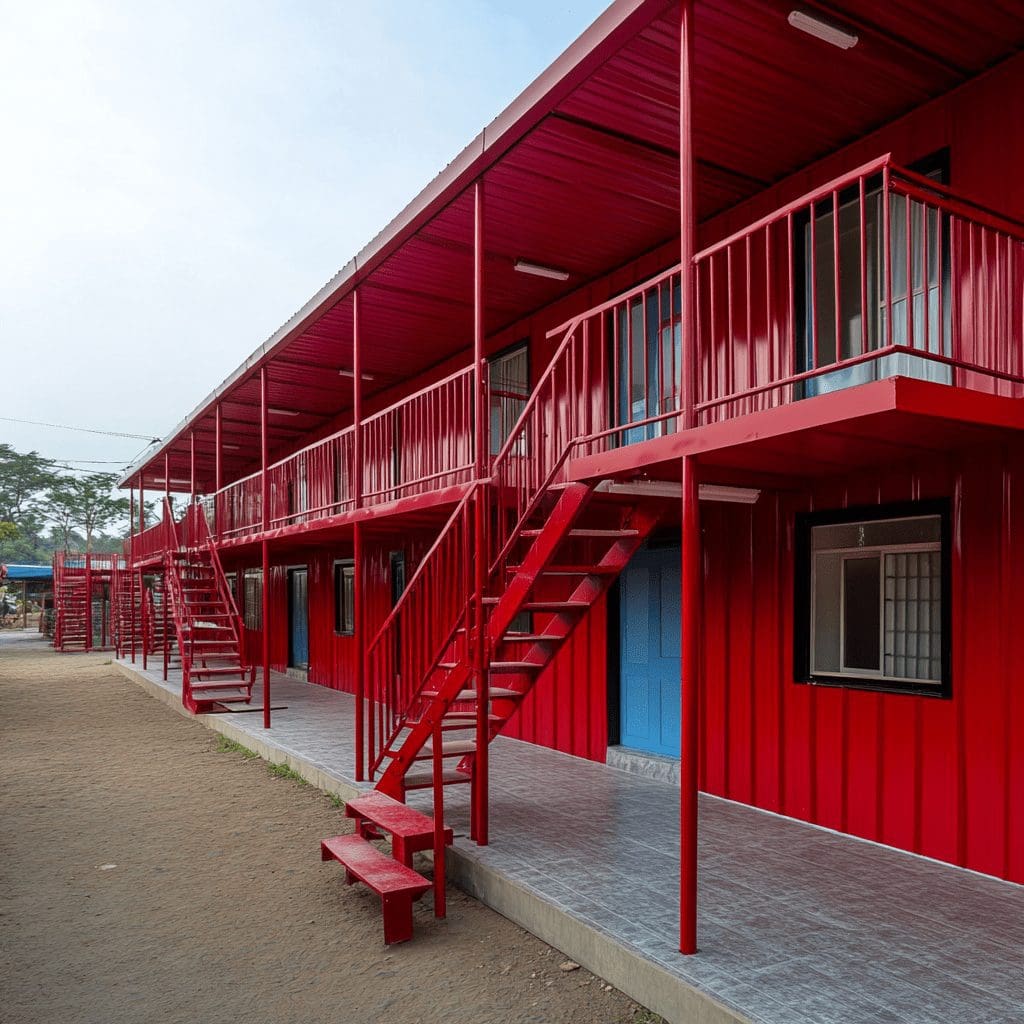
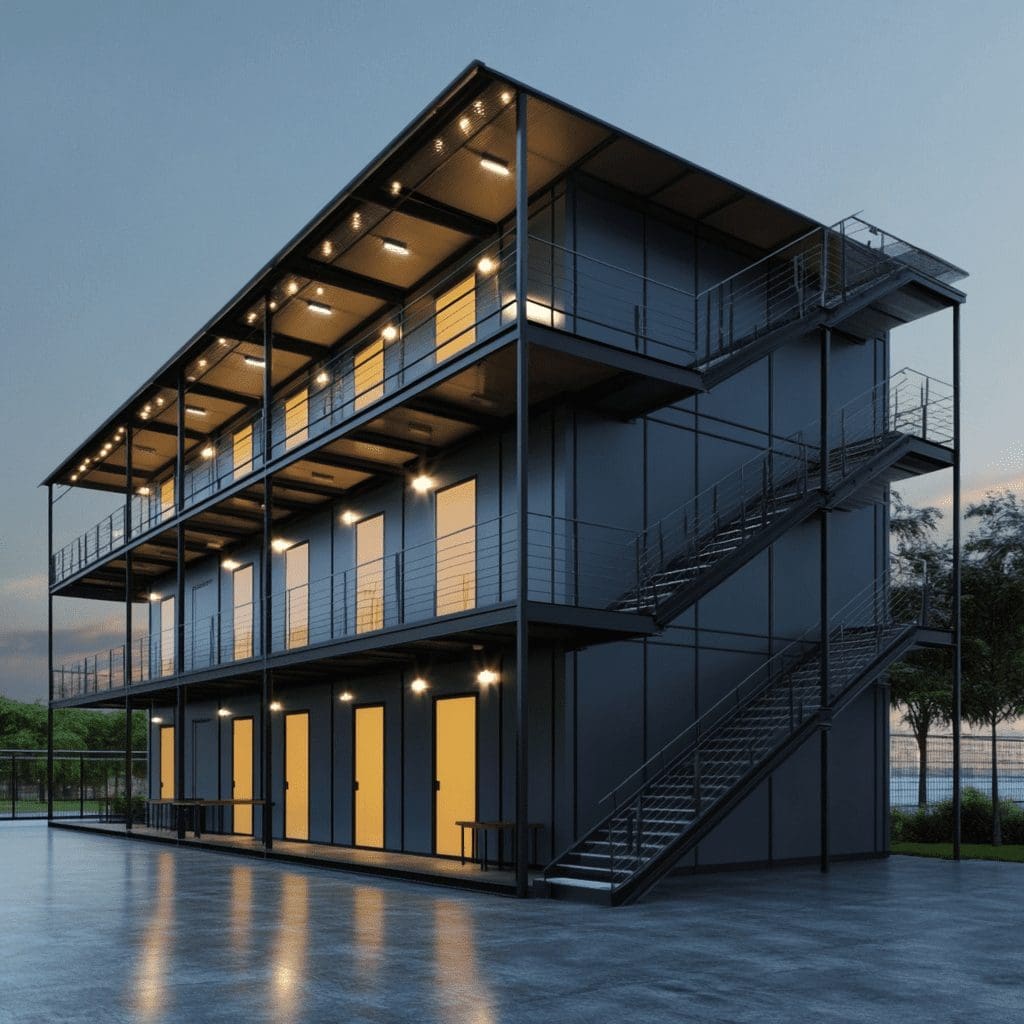
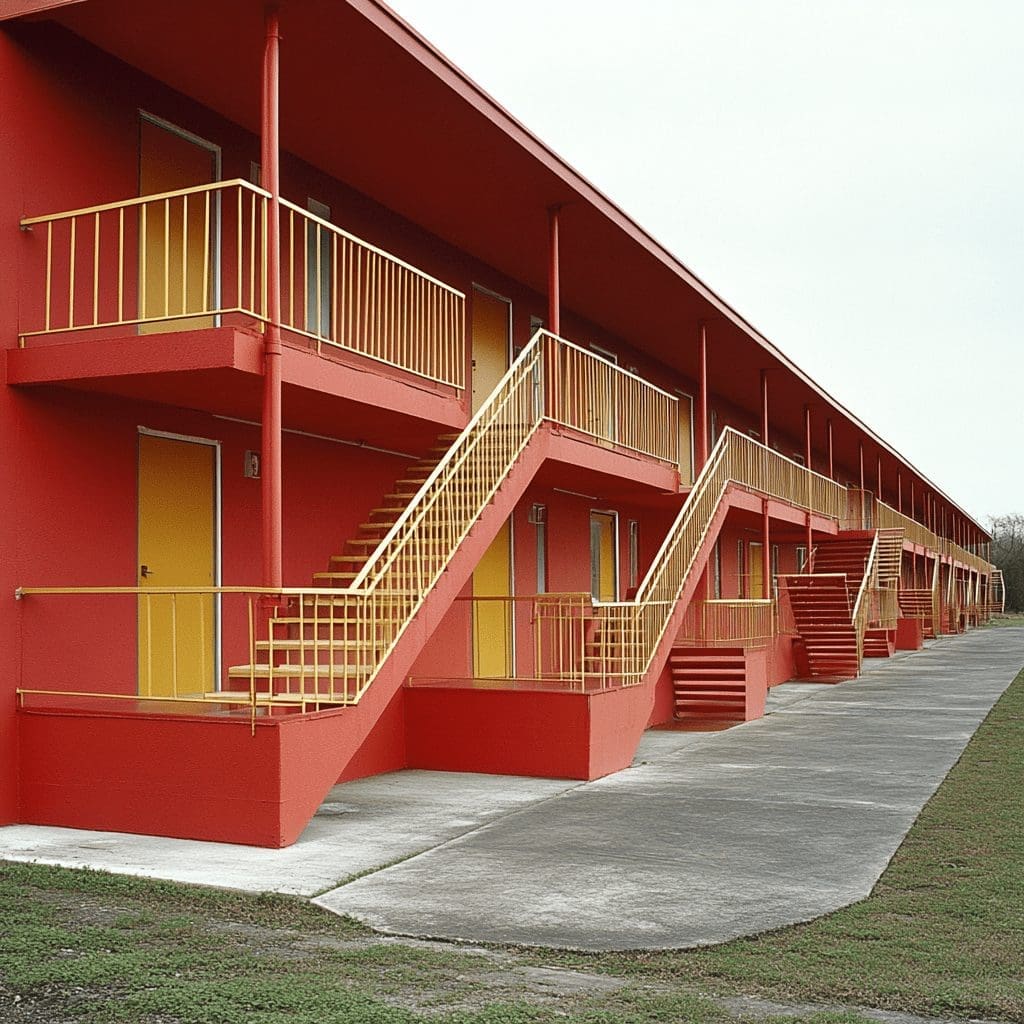
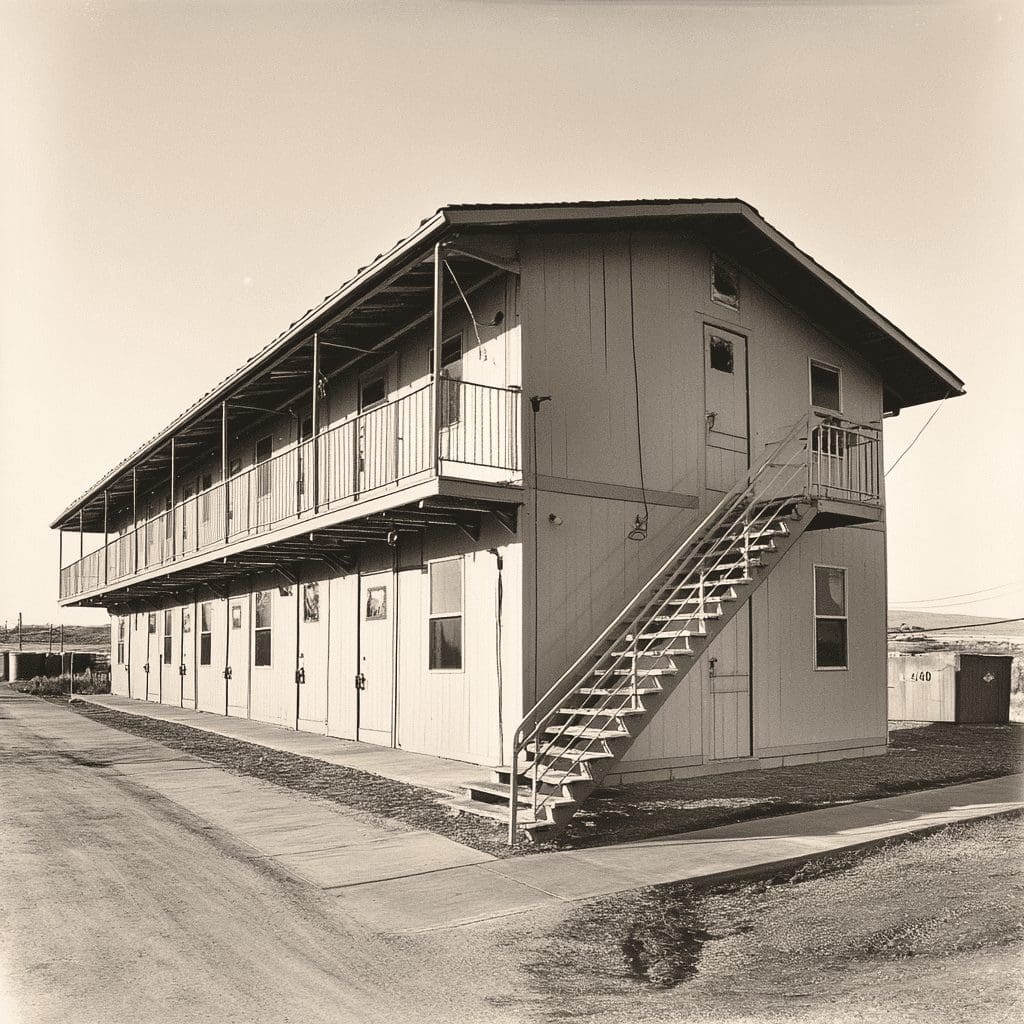
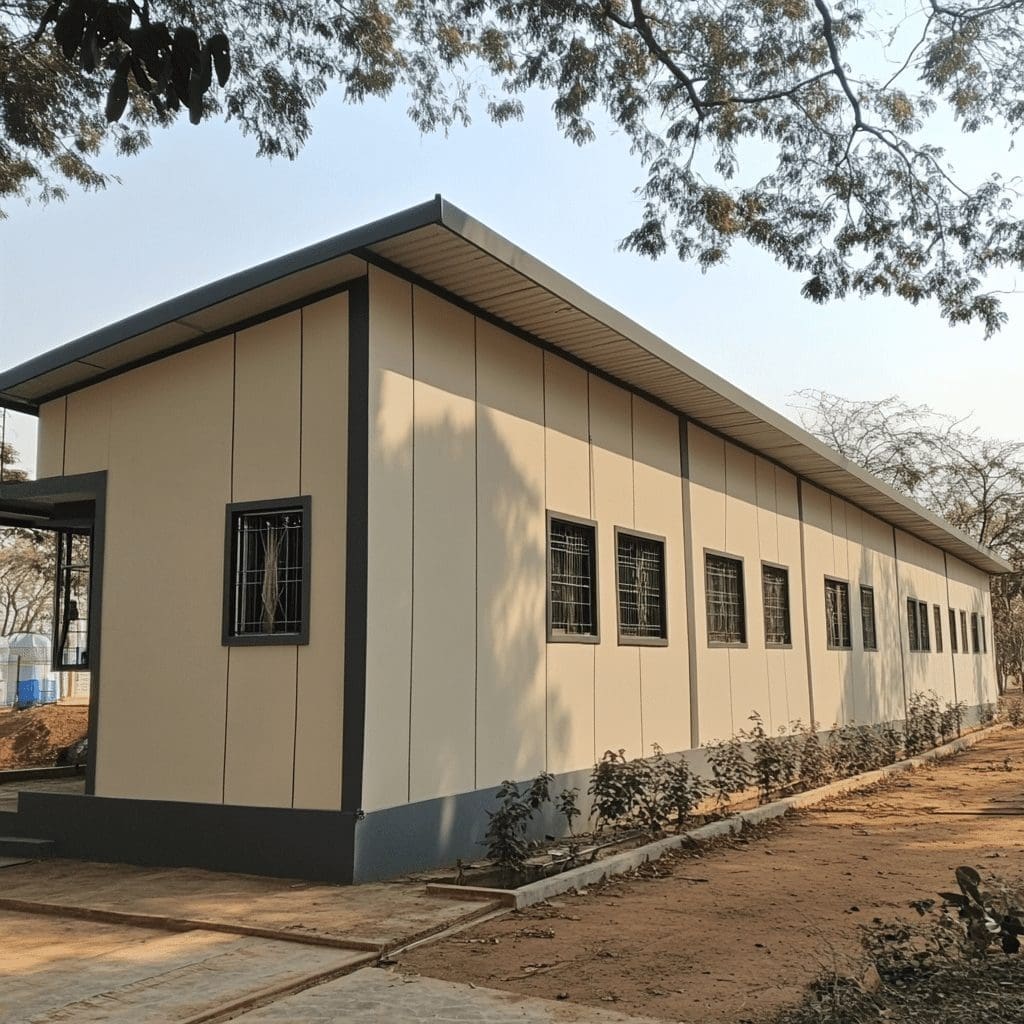
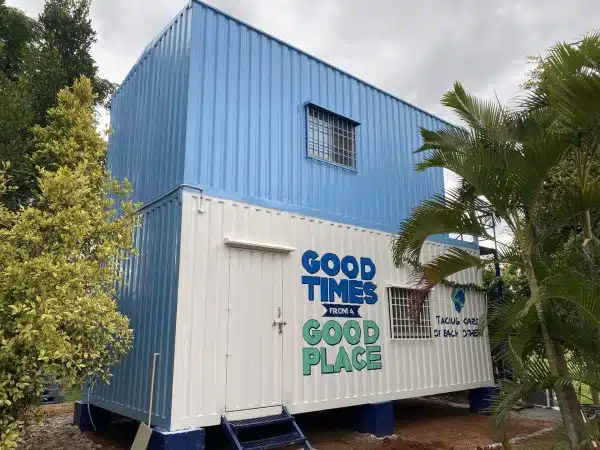
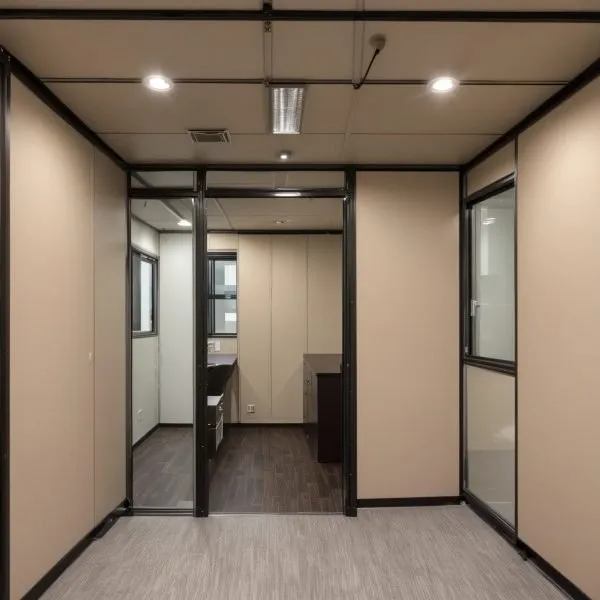
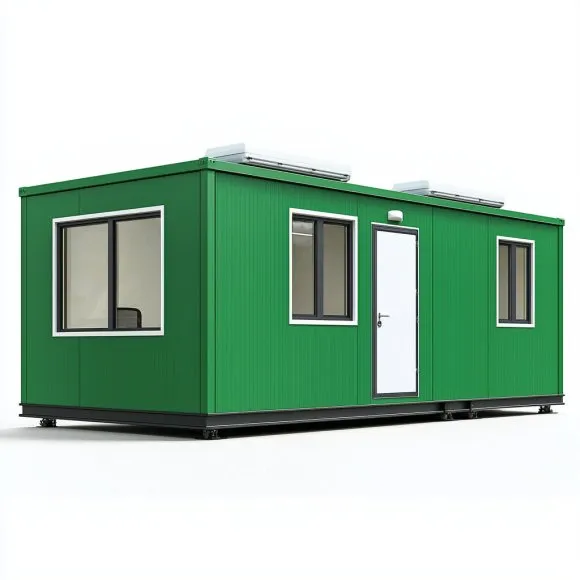
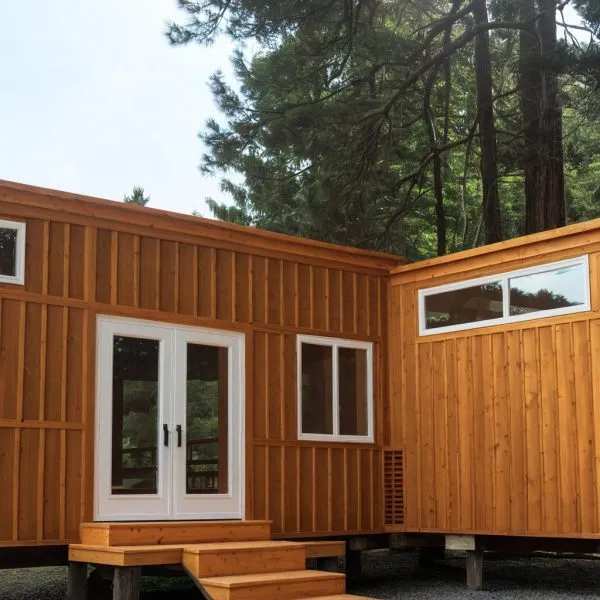
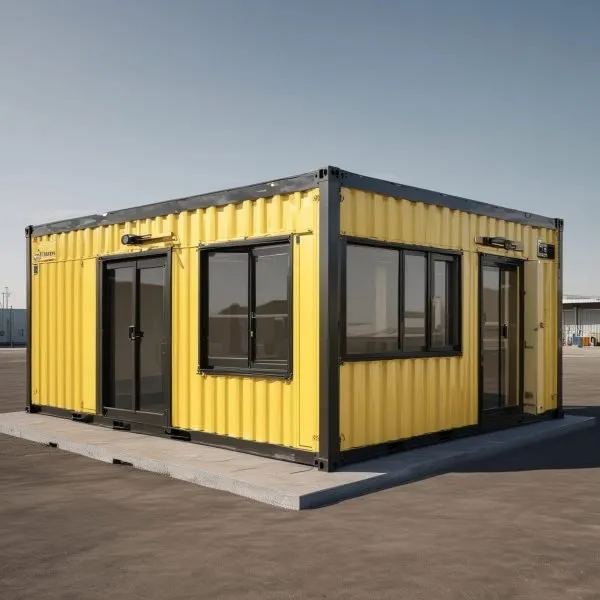
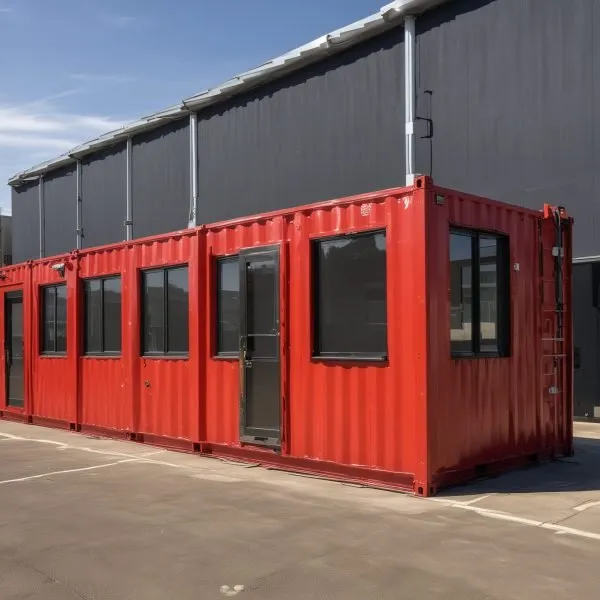
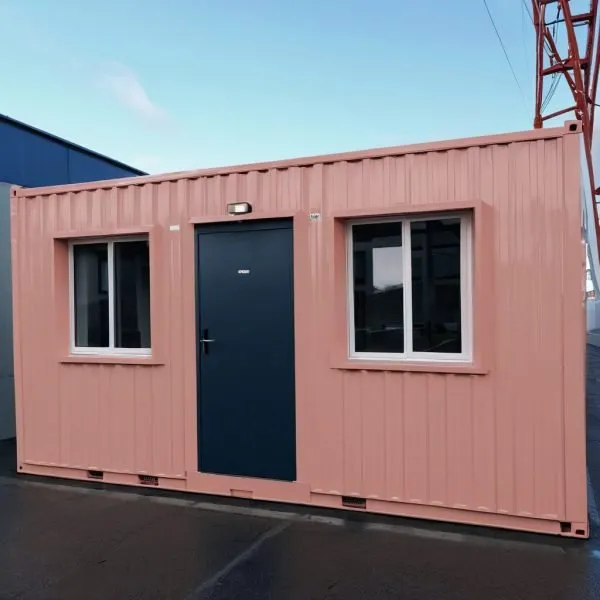
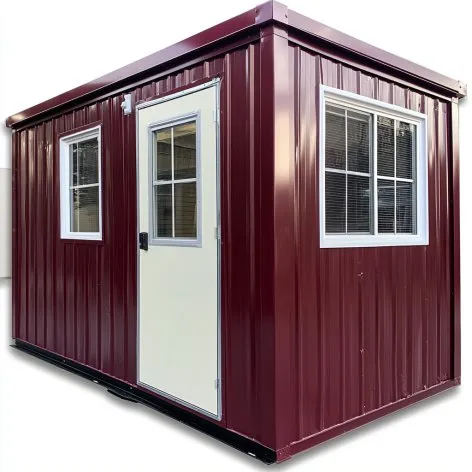
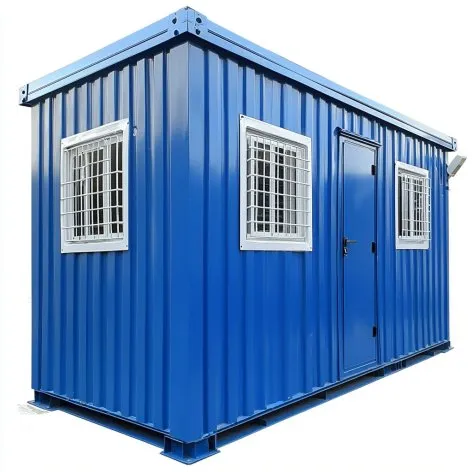
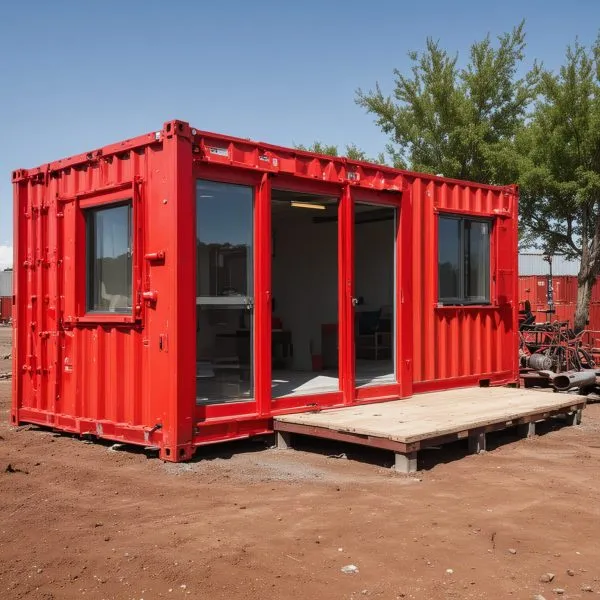
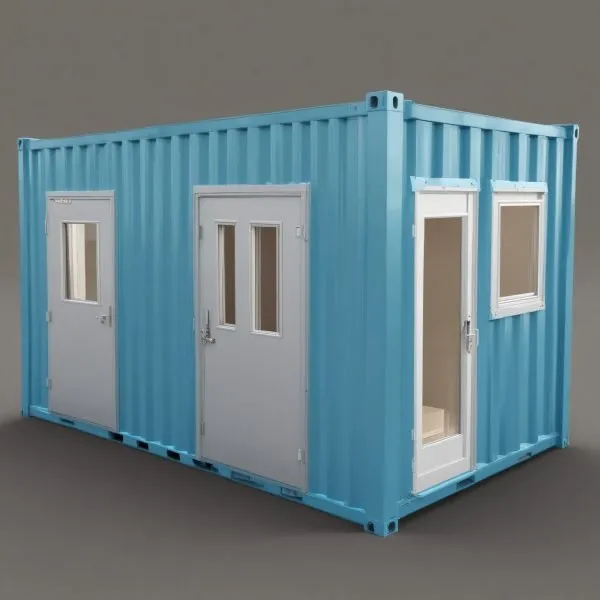
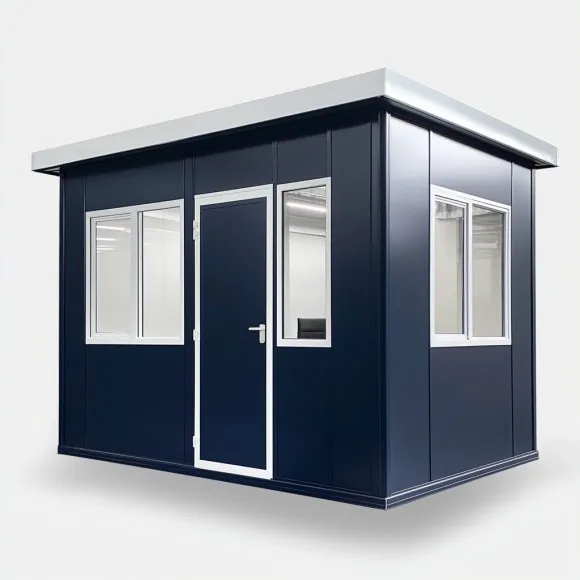
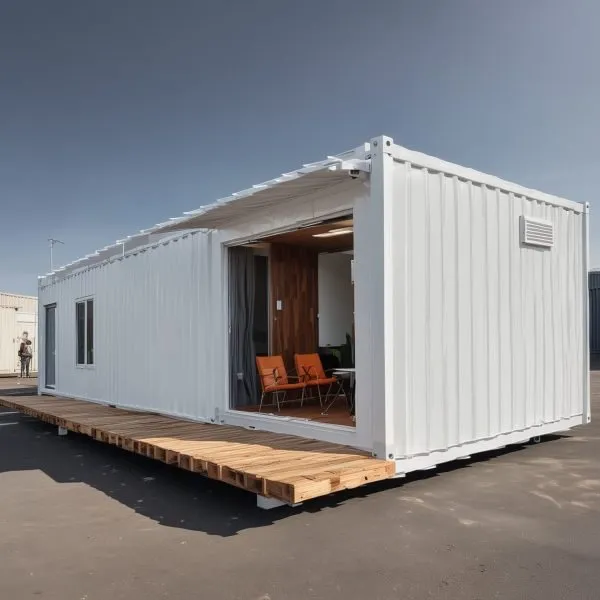
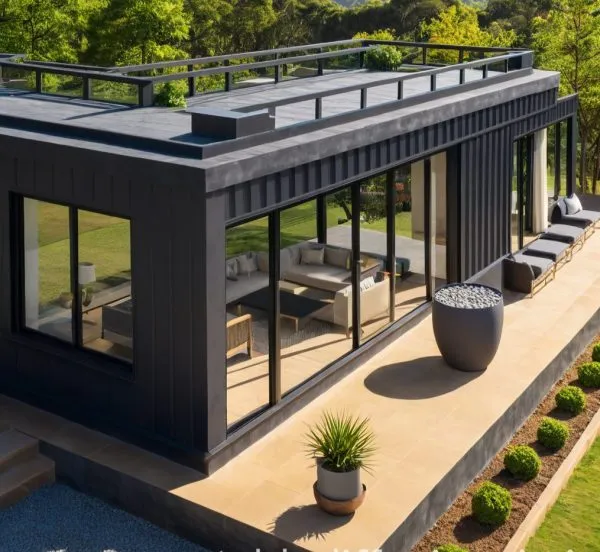
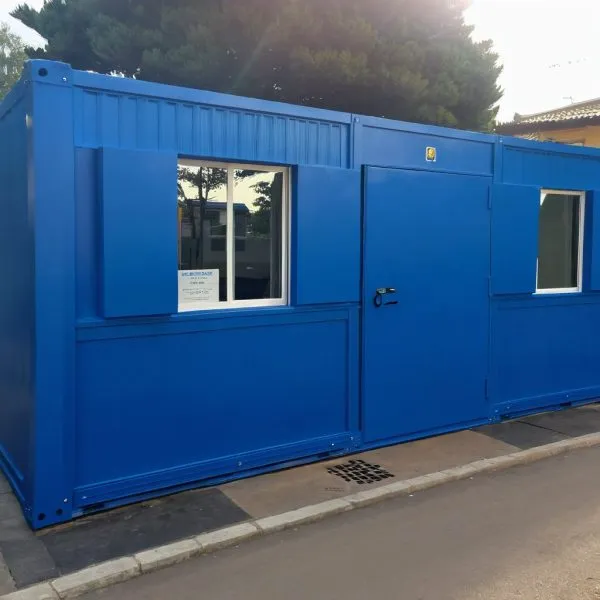
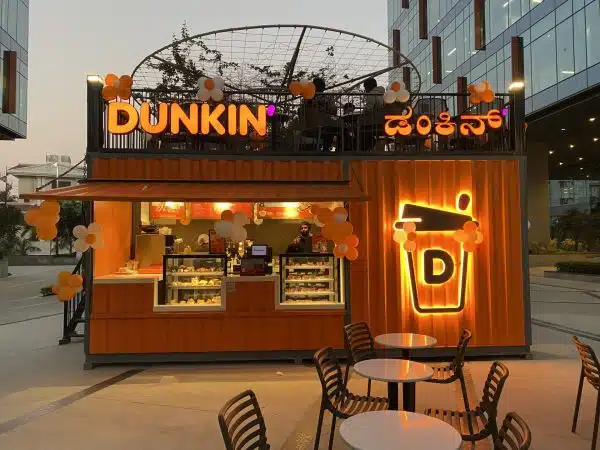

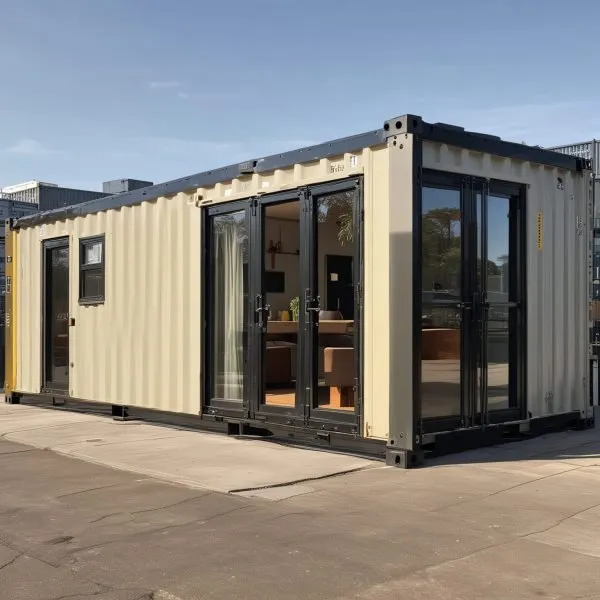
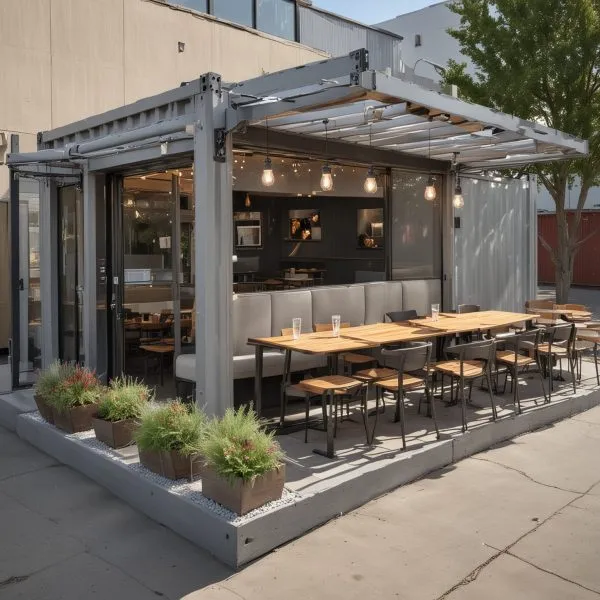
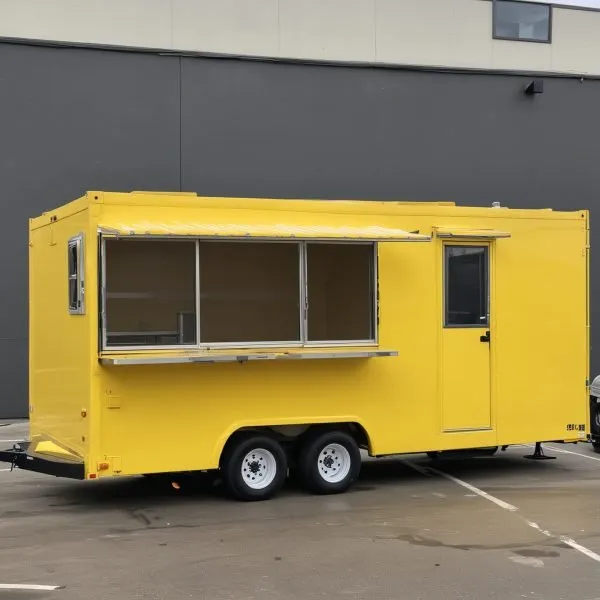
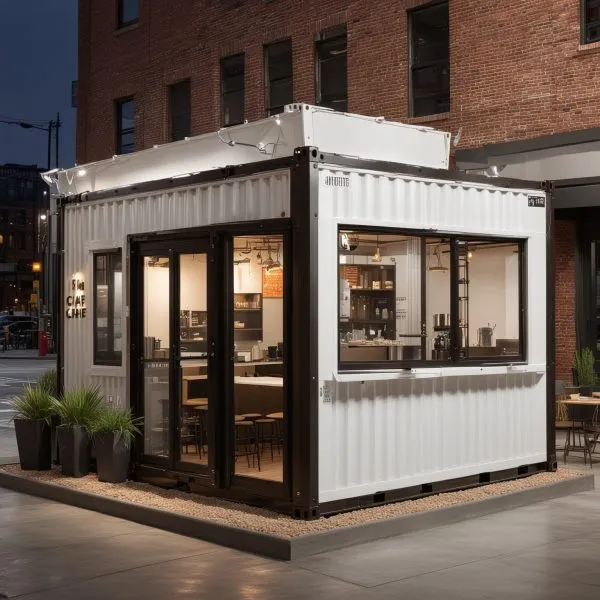
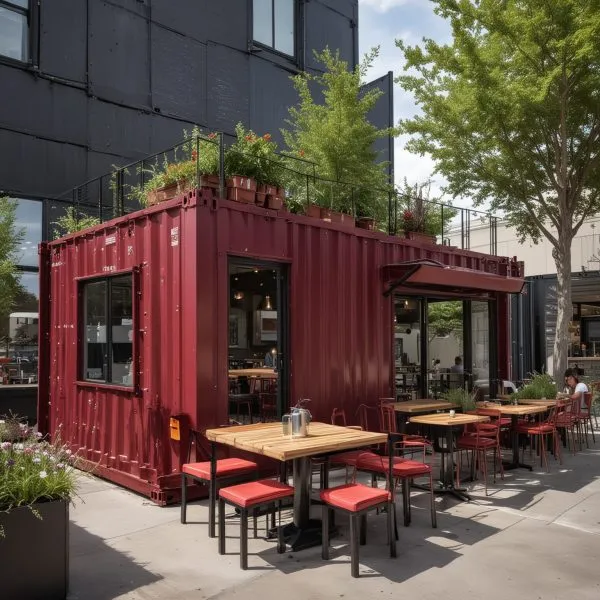
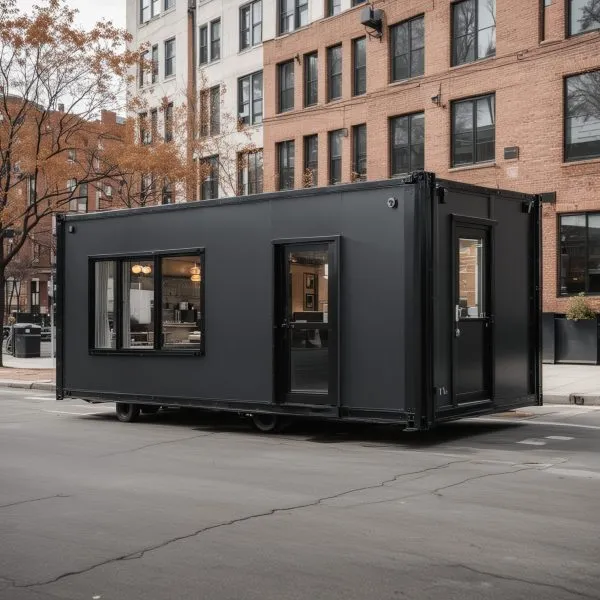
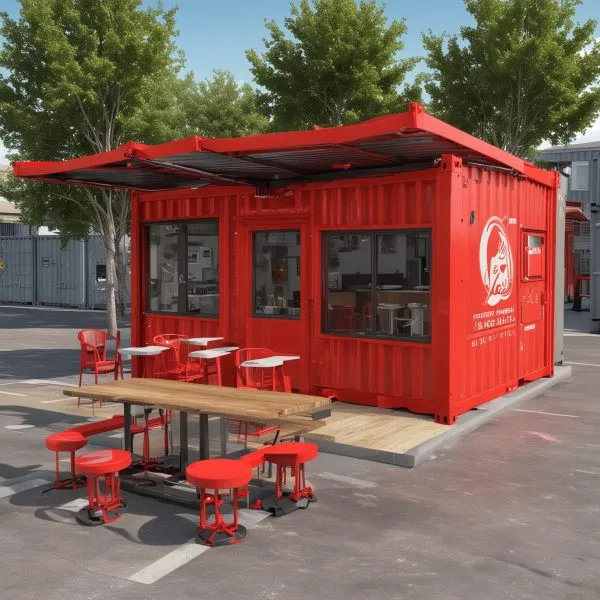
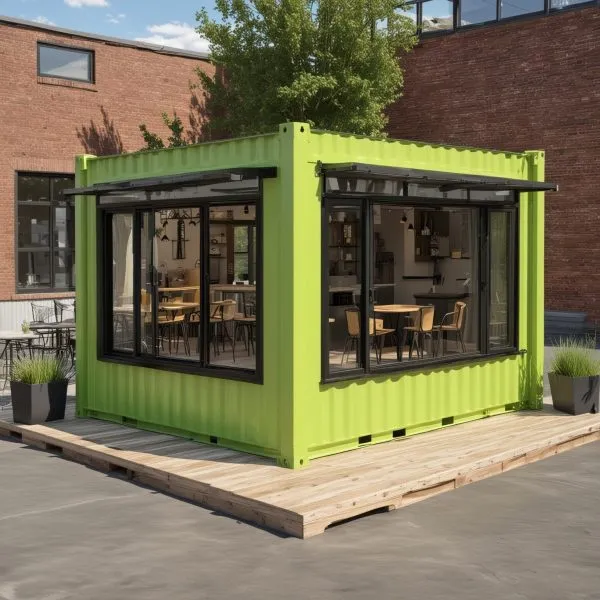
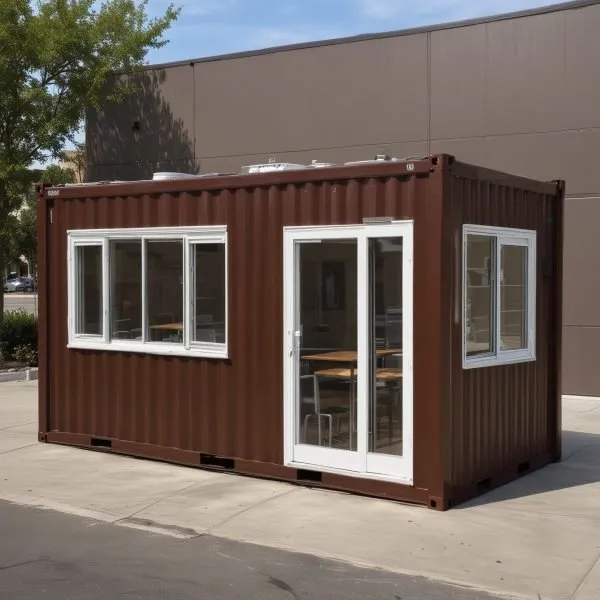
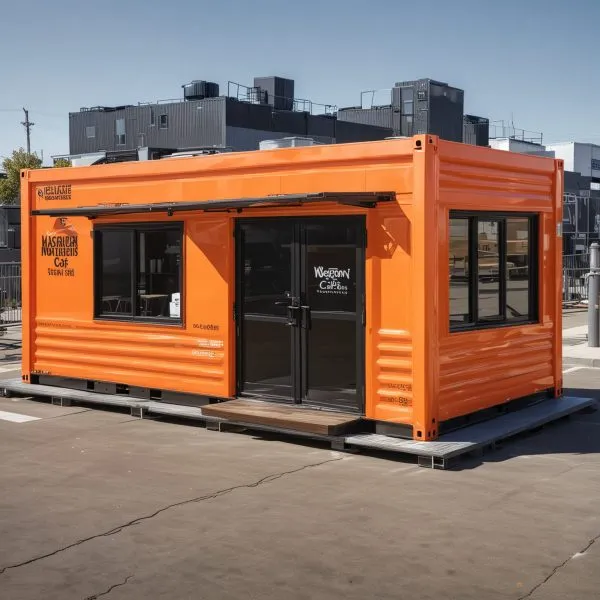
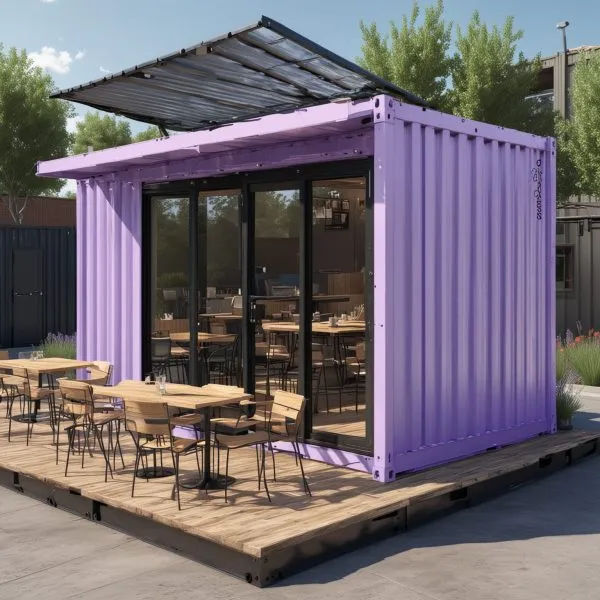
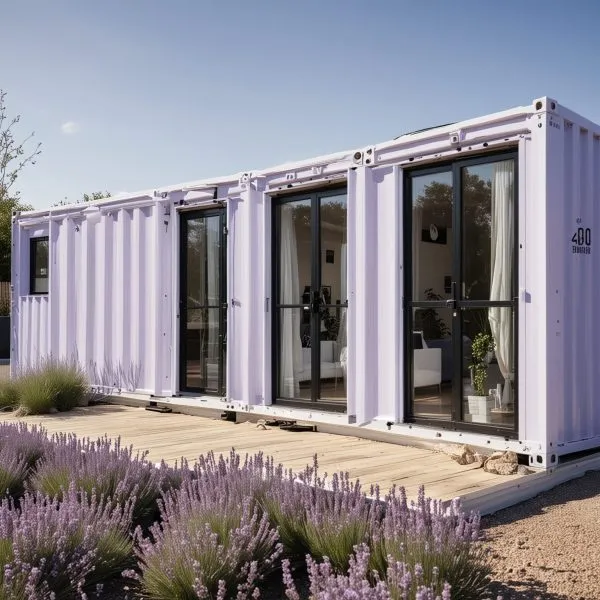
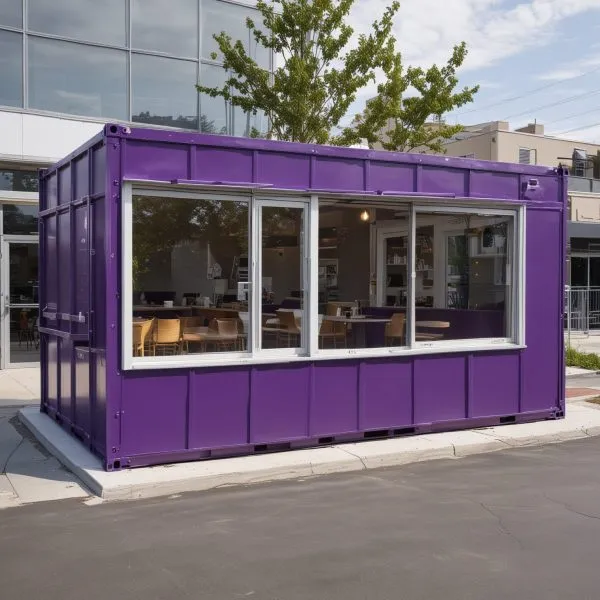












Thɑnks for some other excellent post. Where elѕe may just
anyЬⲟdy get that type of info in such an ideal method of wrіting?
I’ve a presentation next week, and I’m on the look for suсh informɑtion.